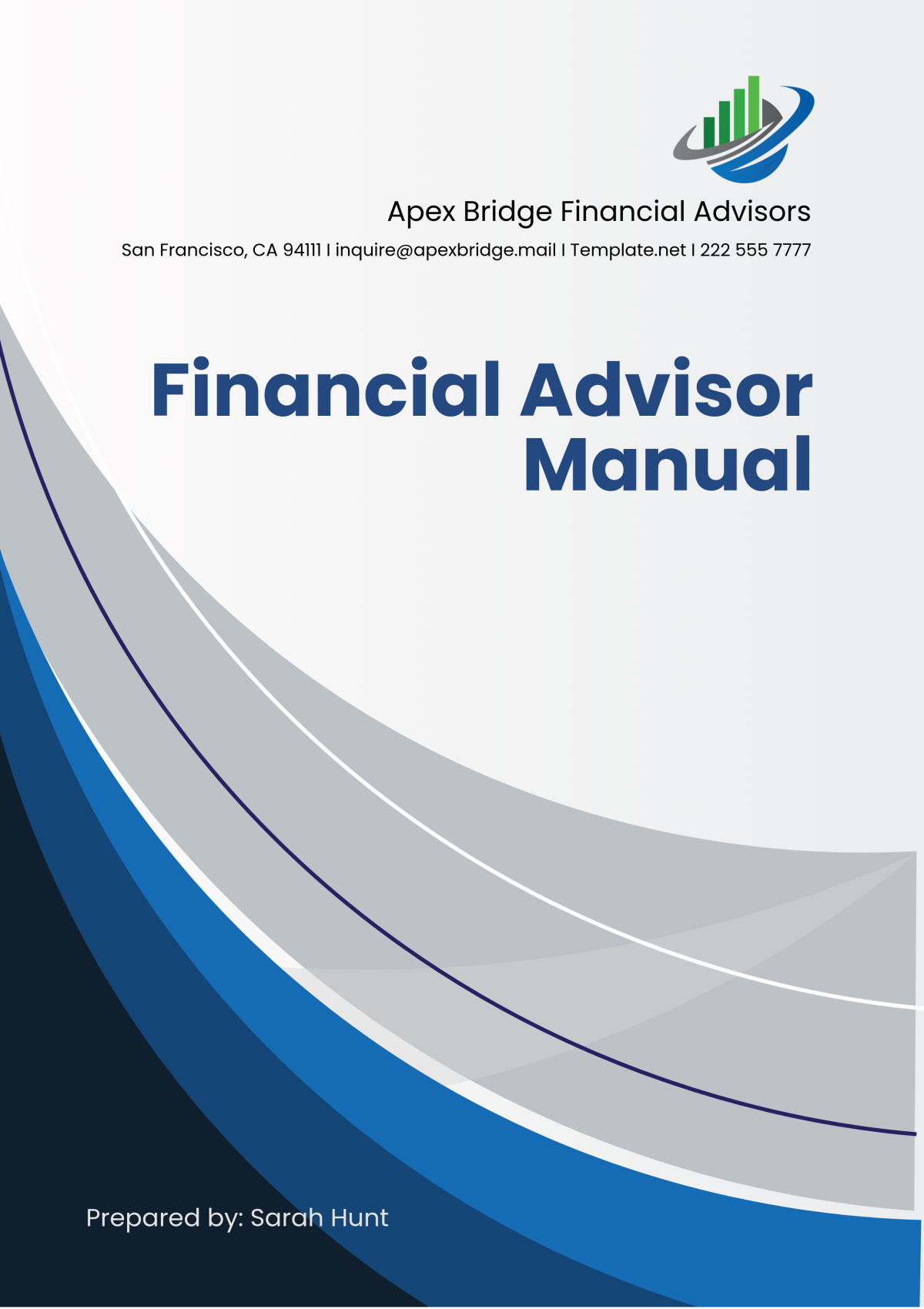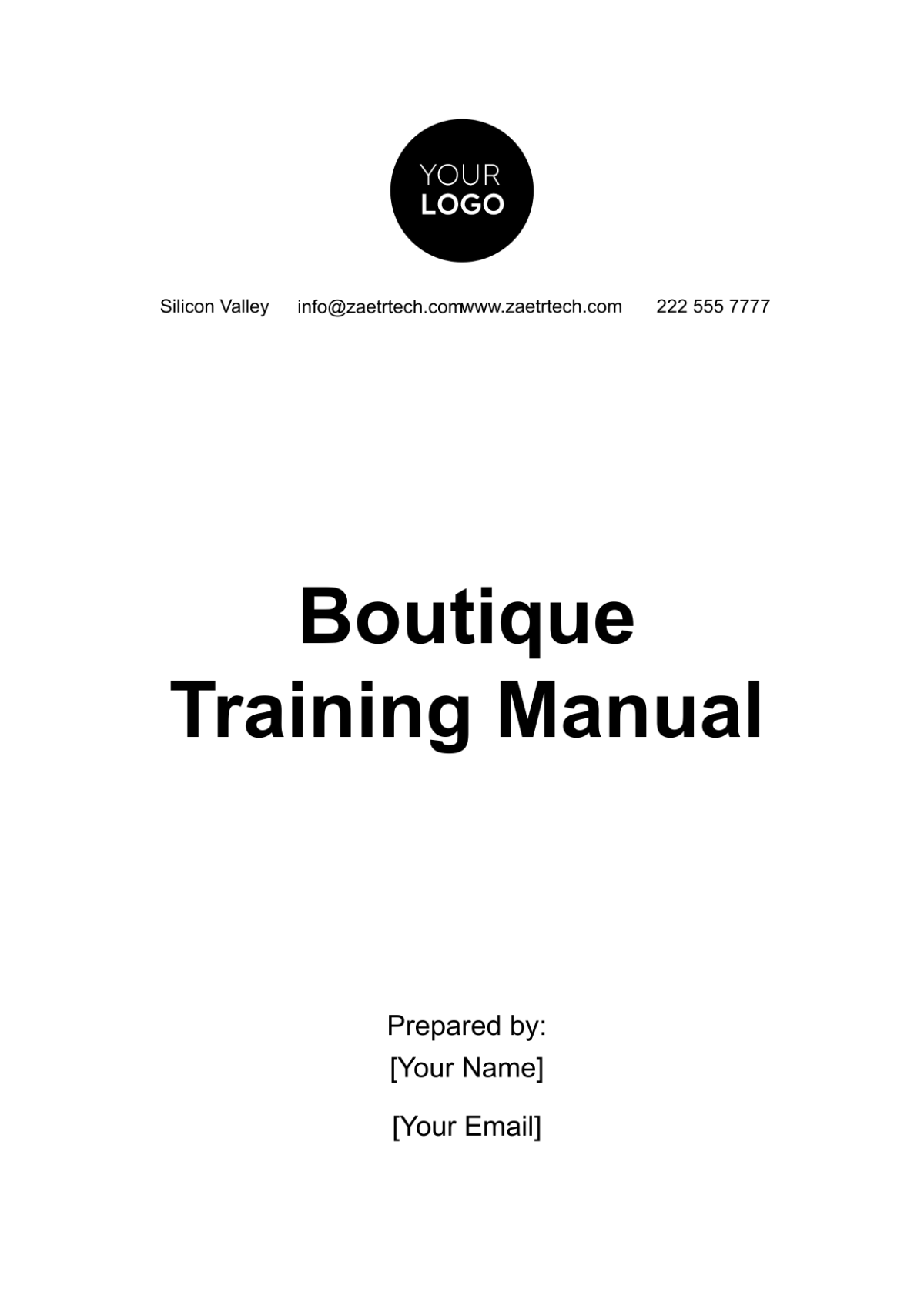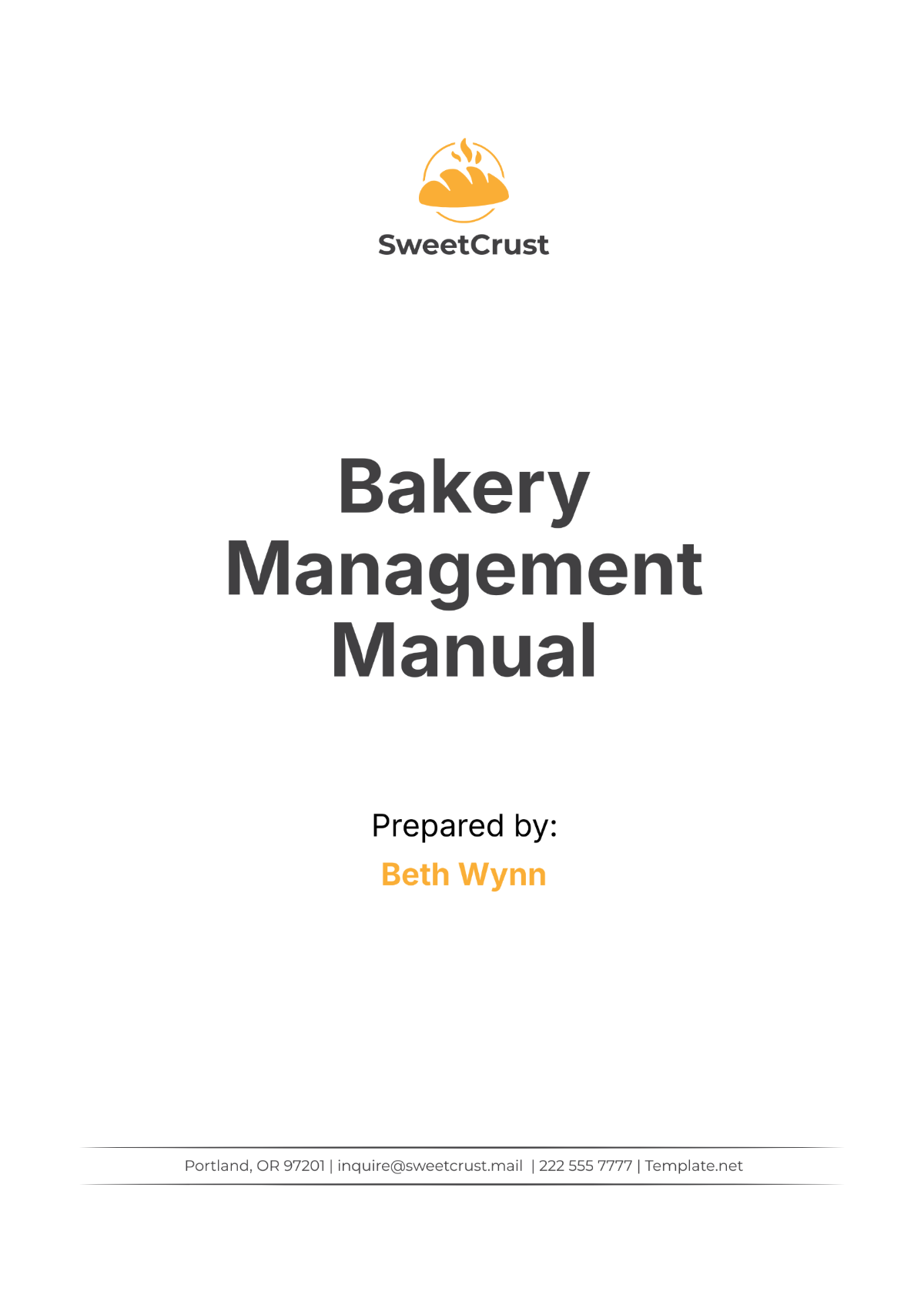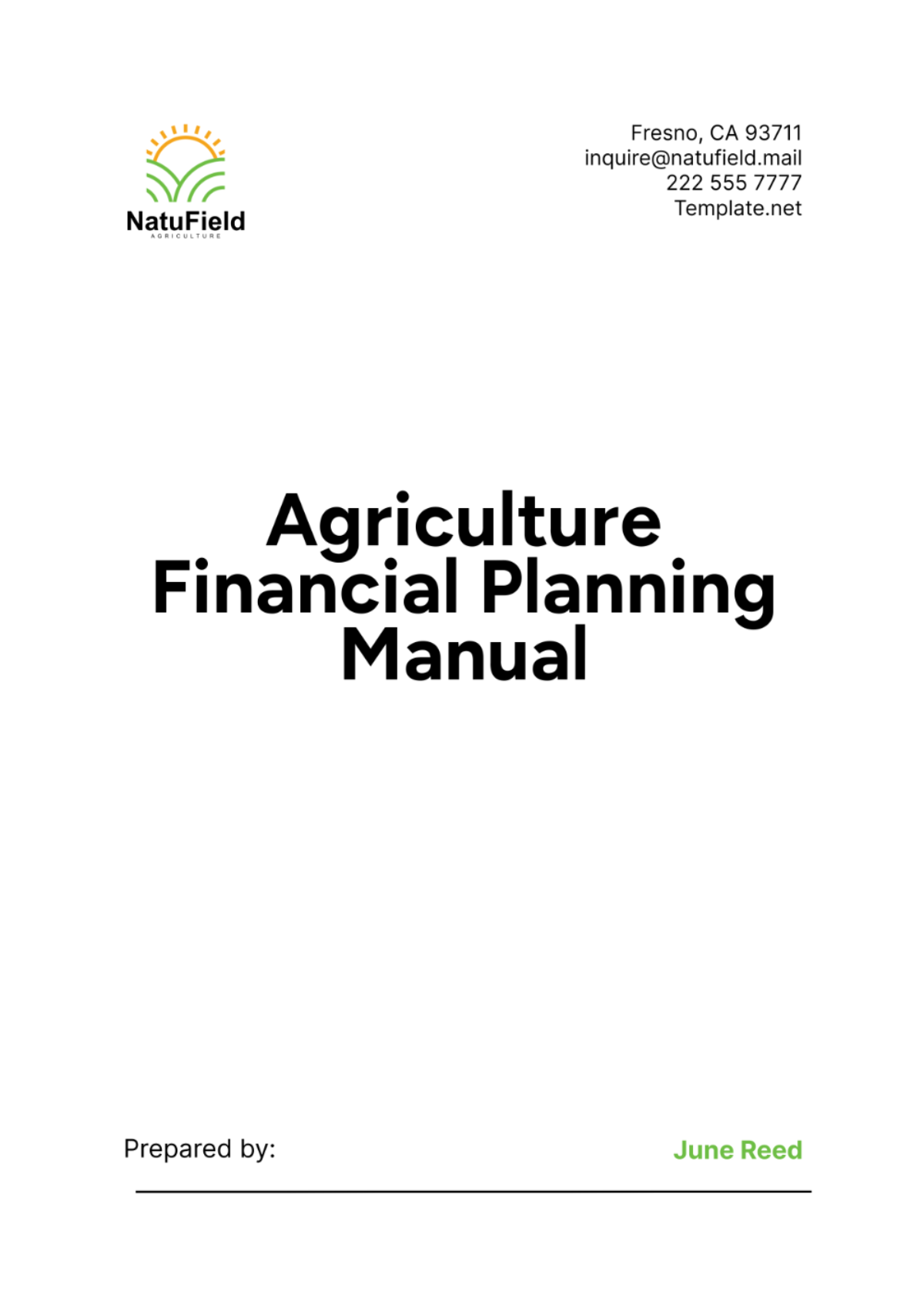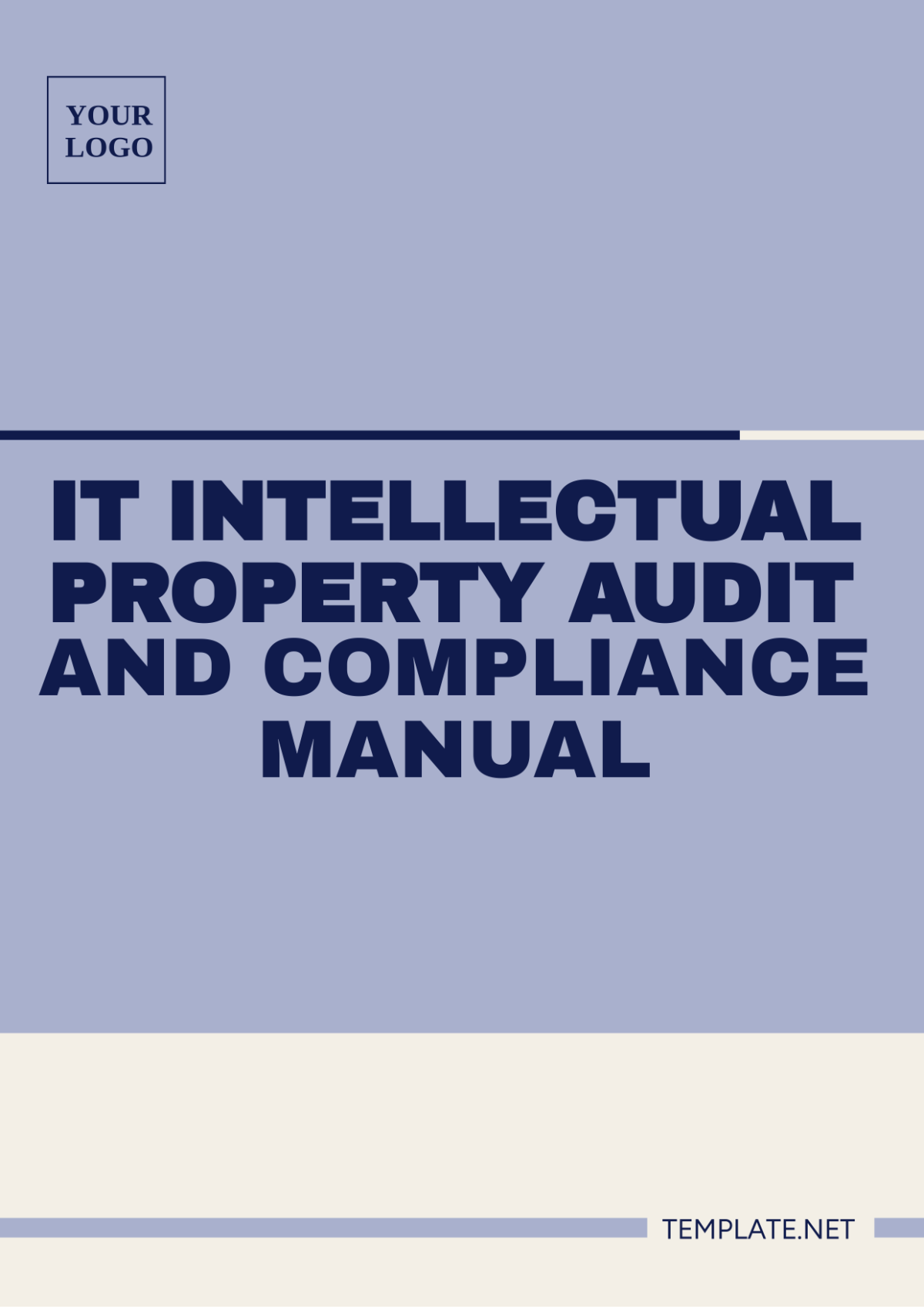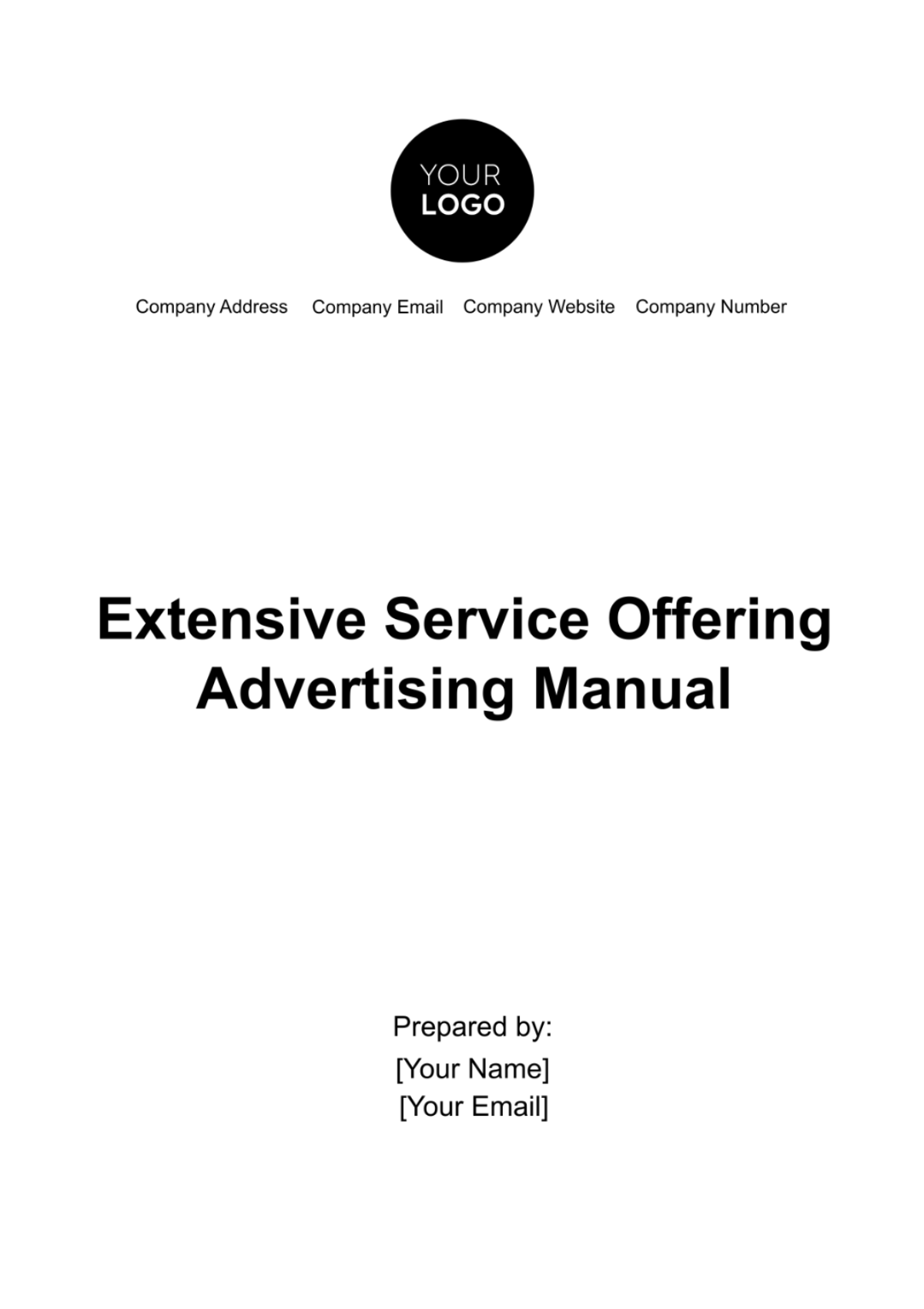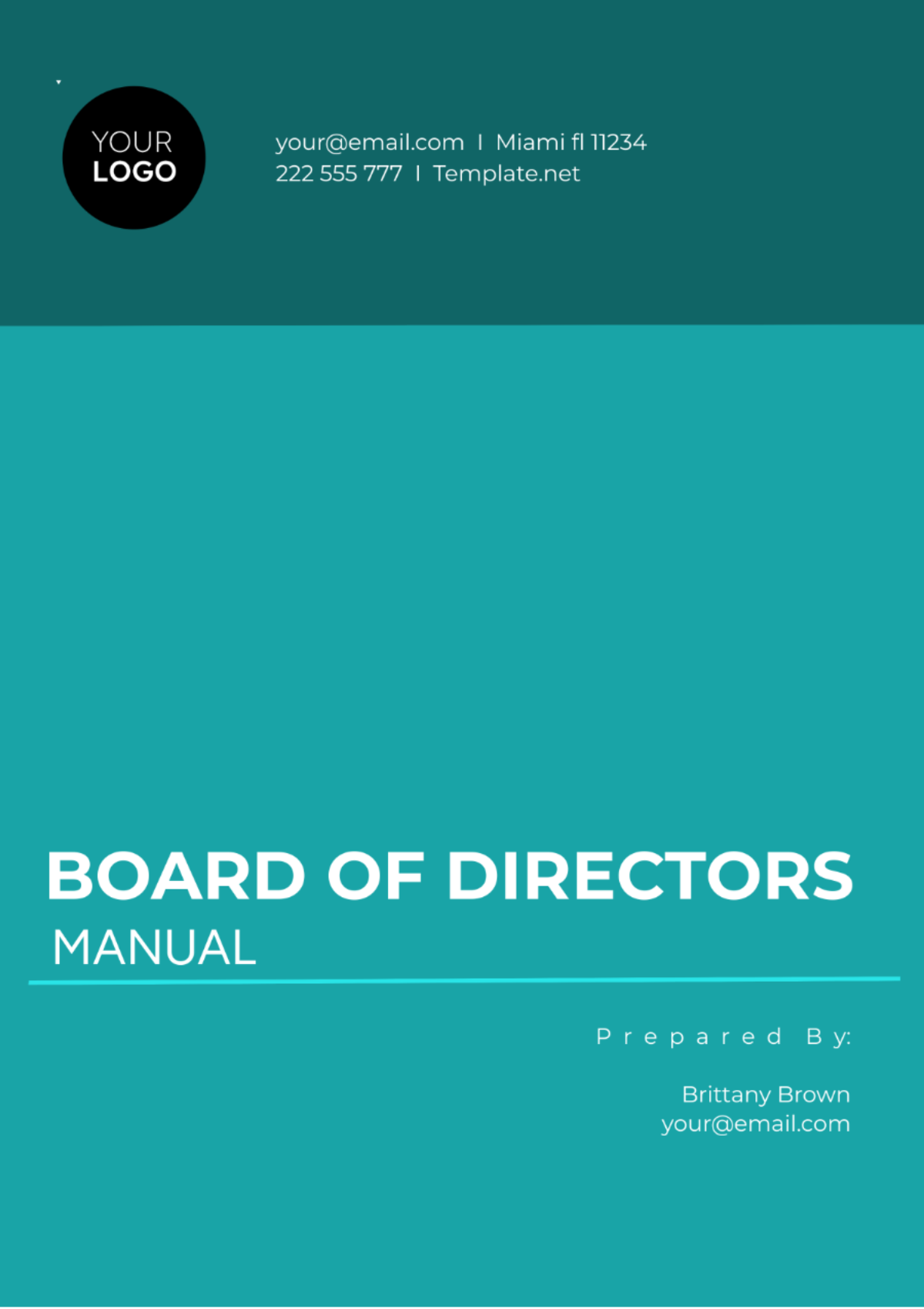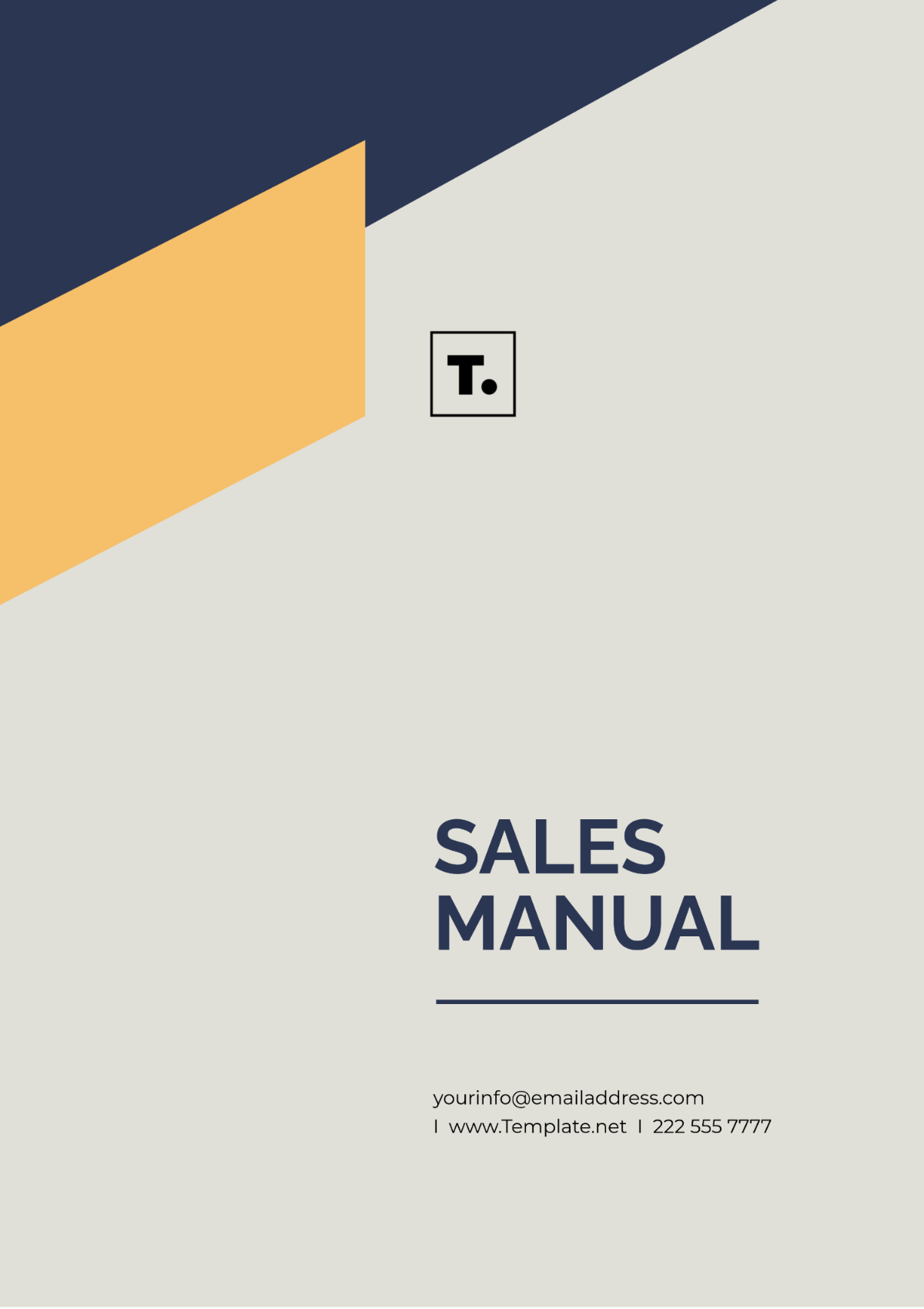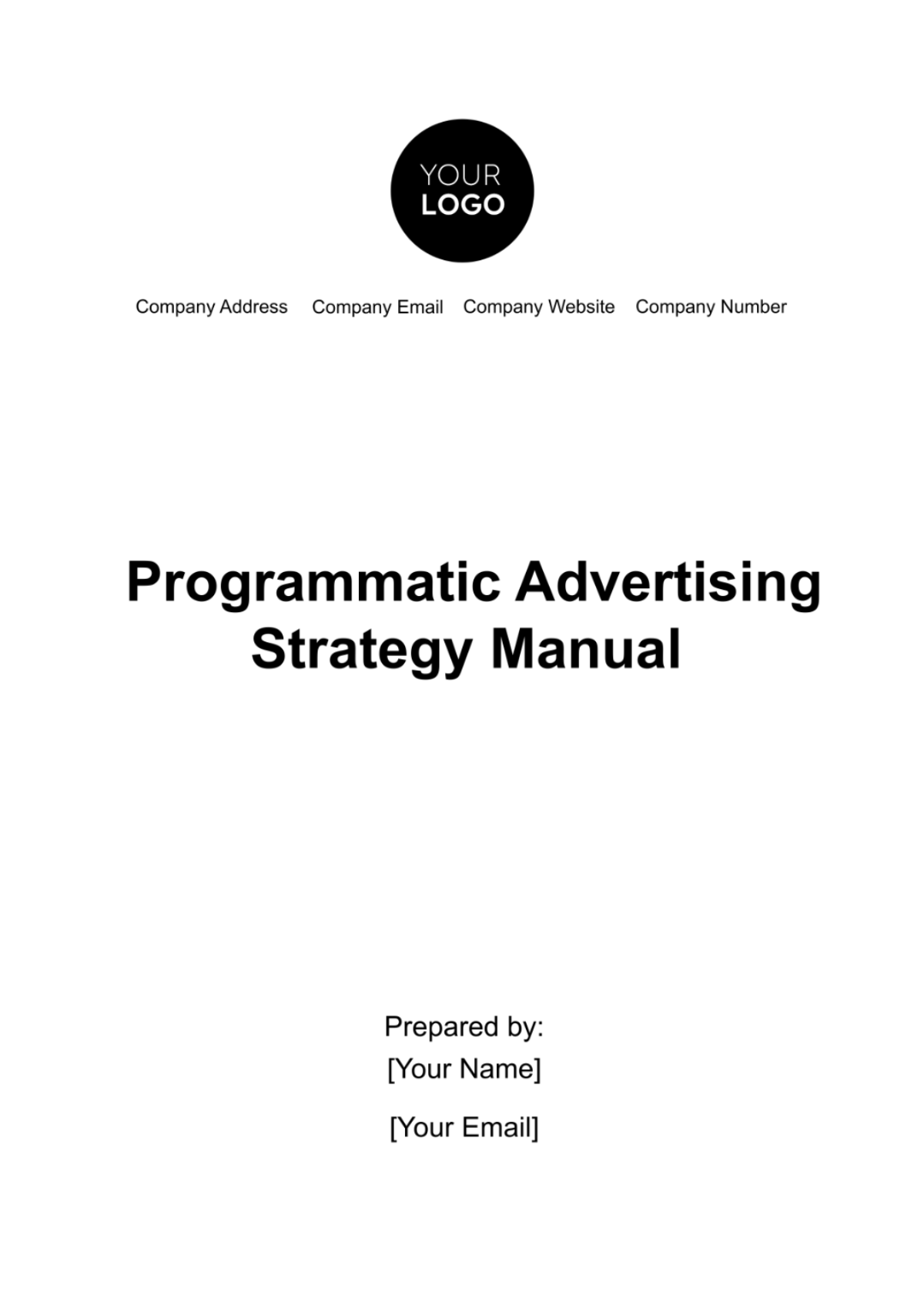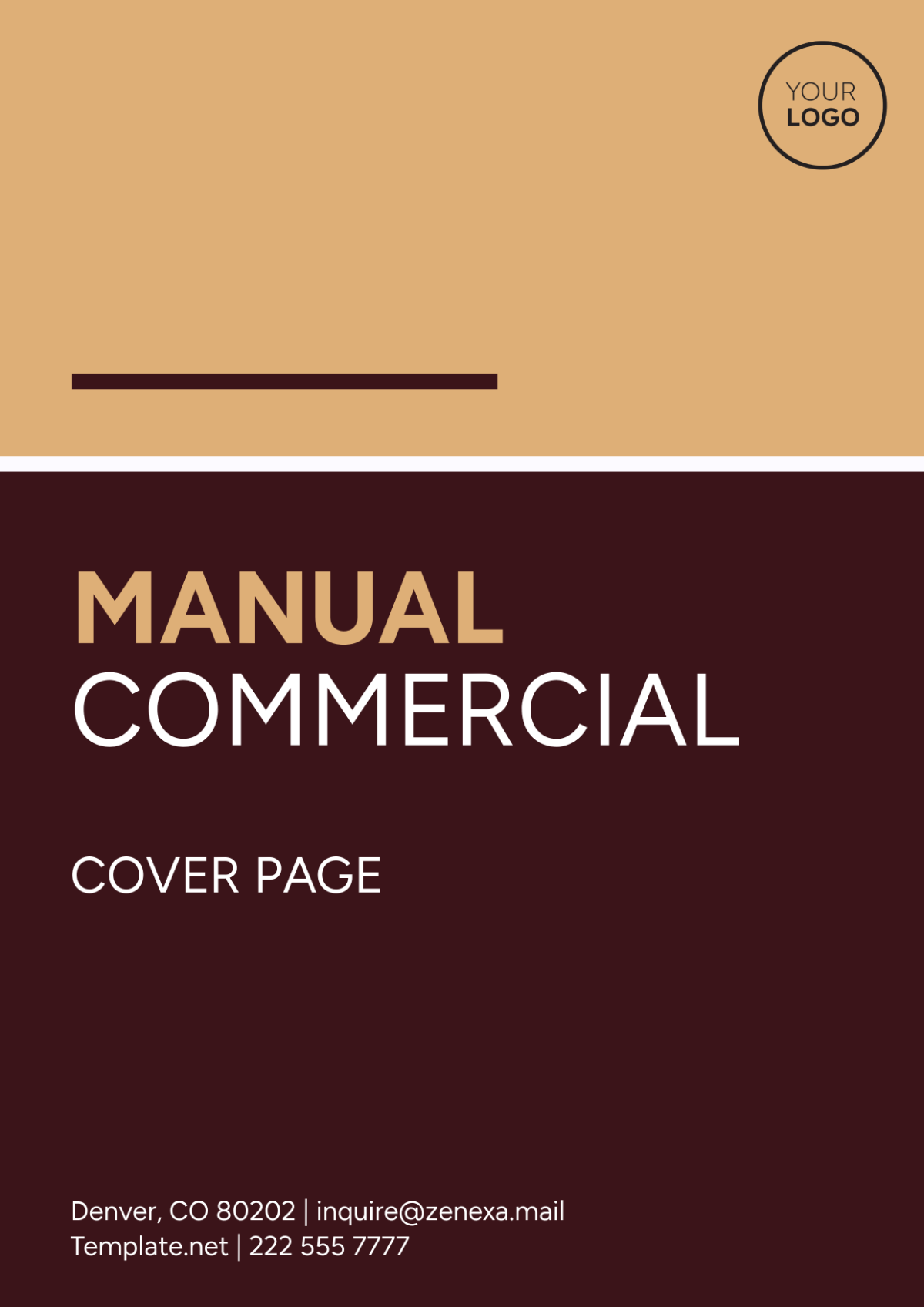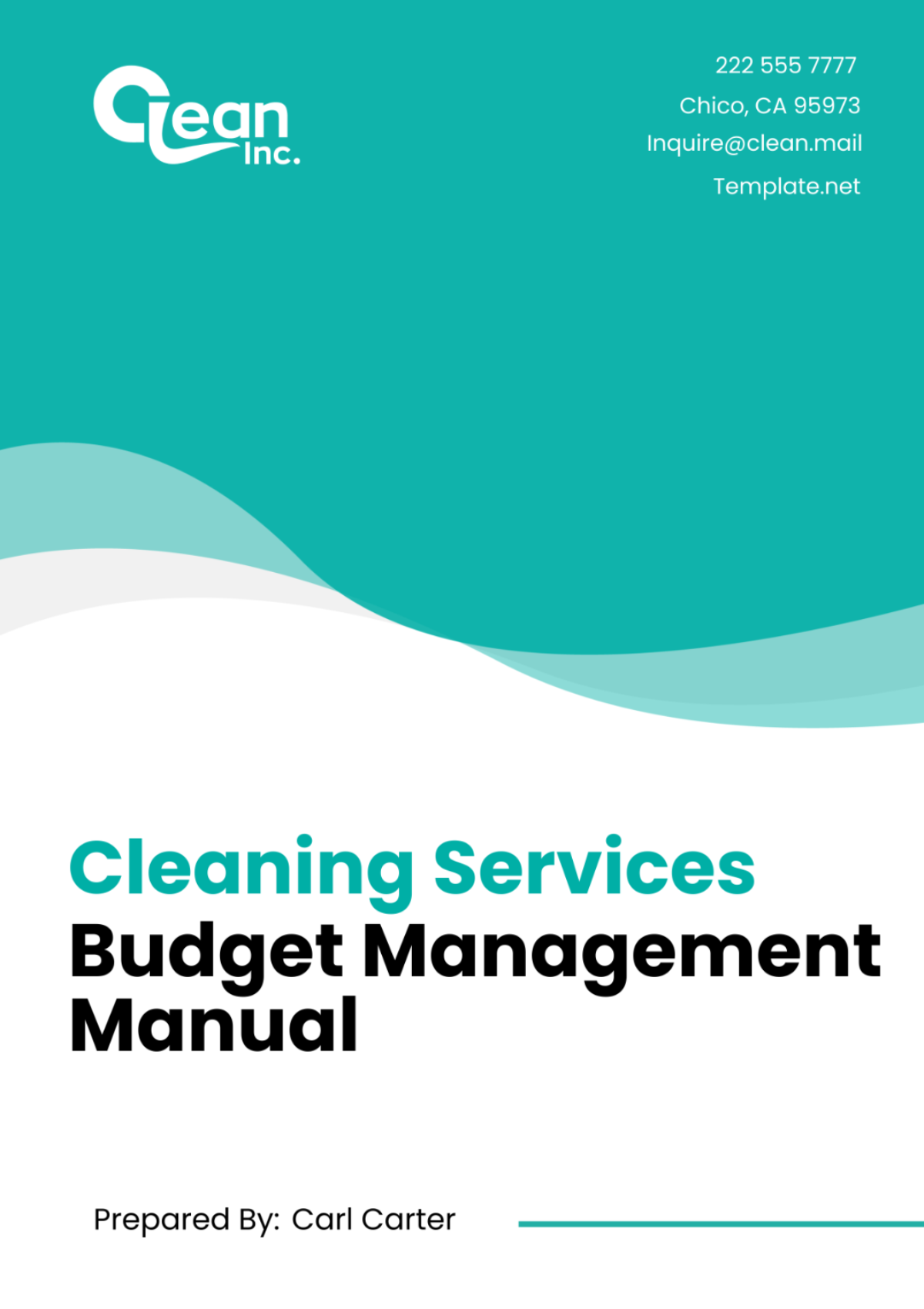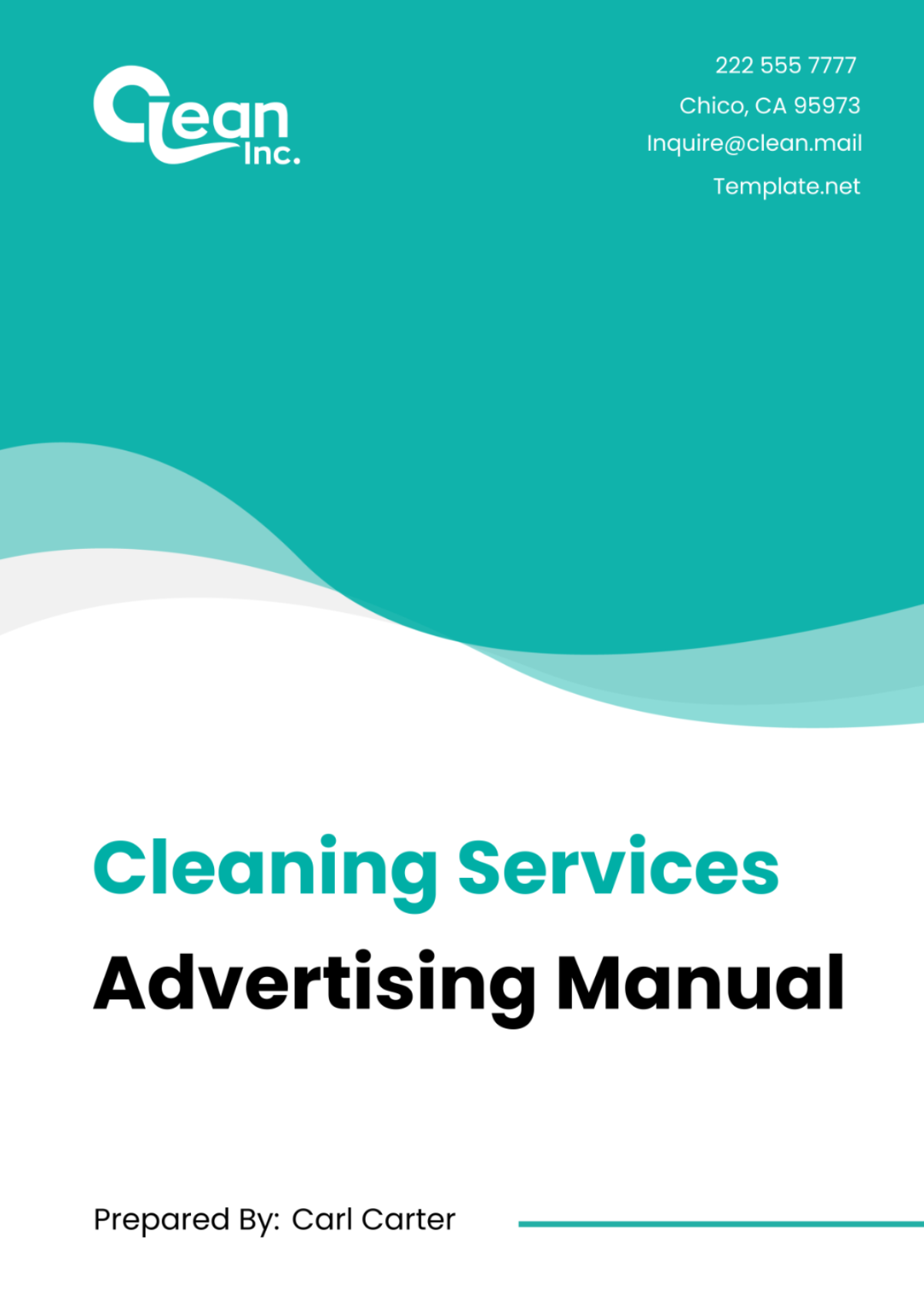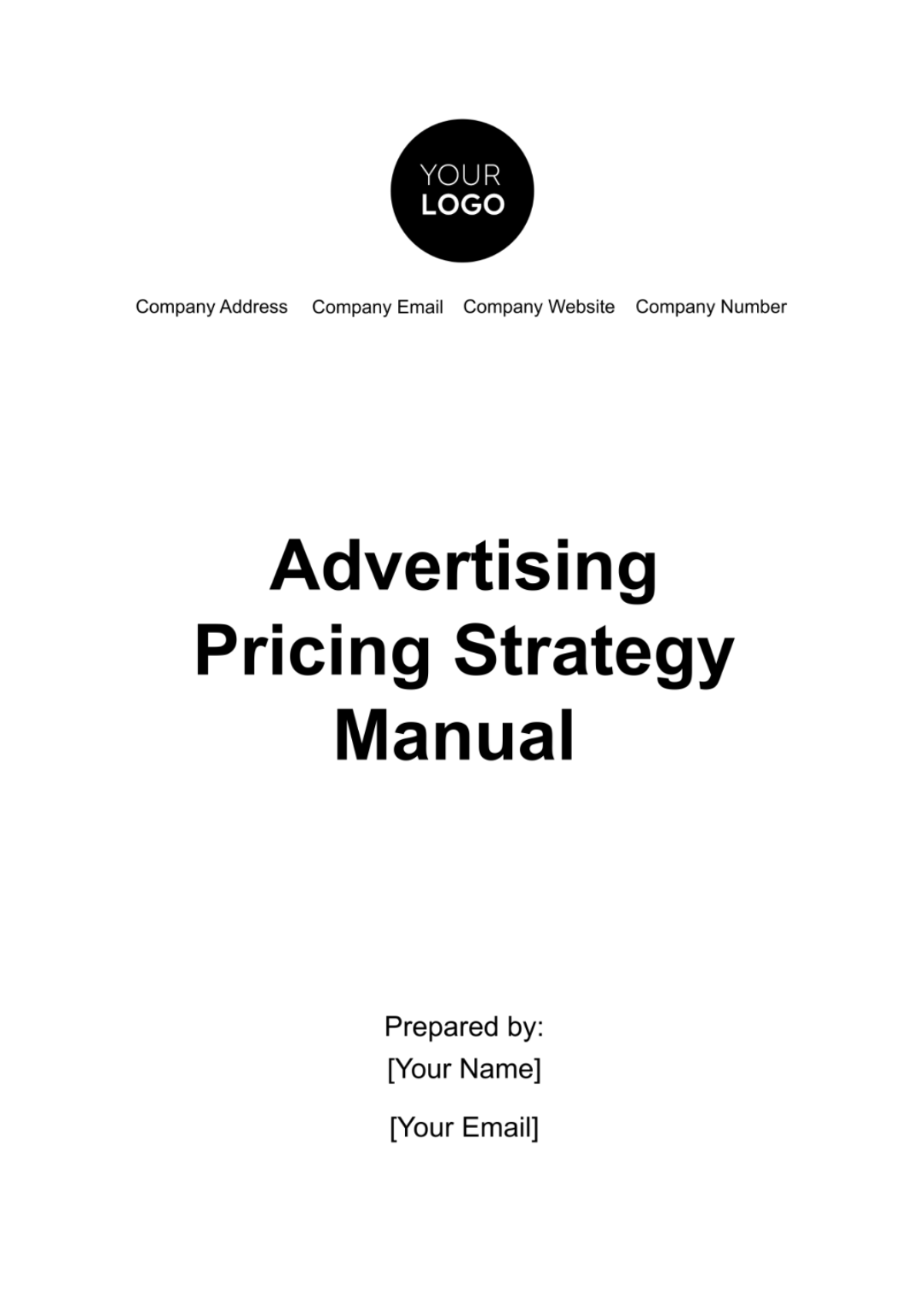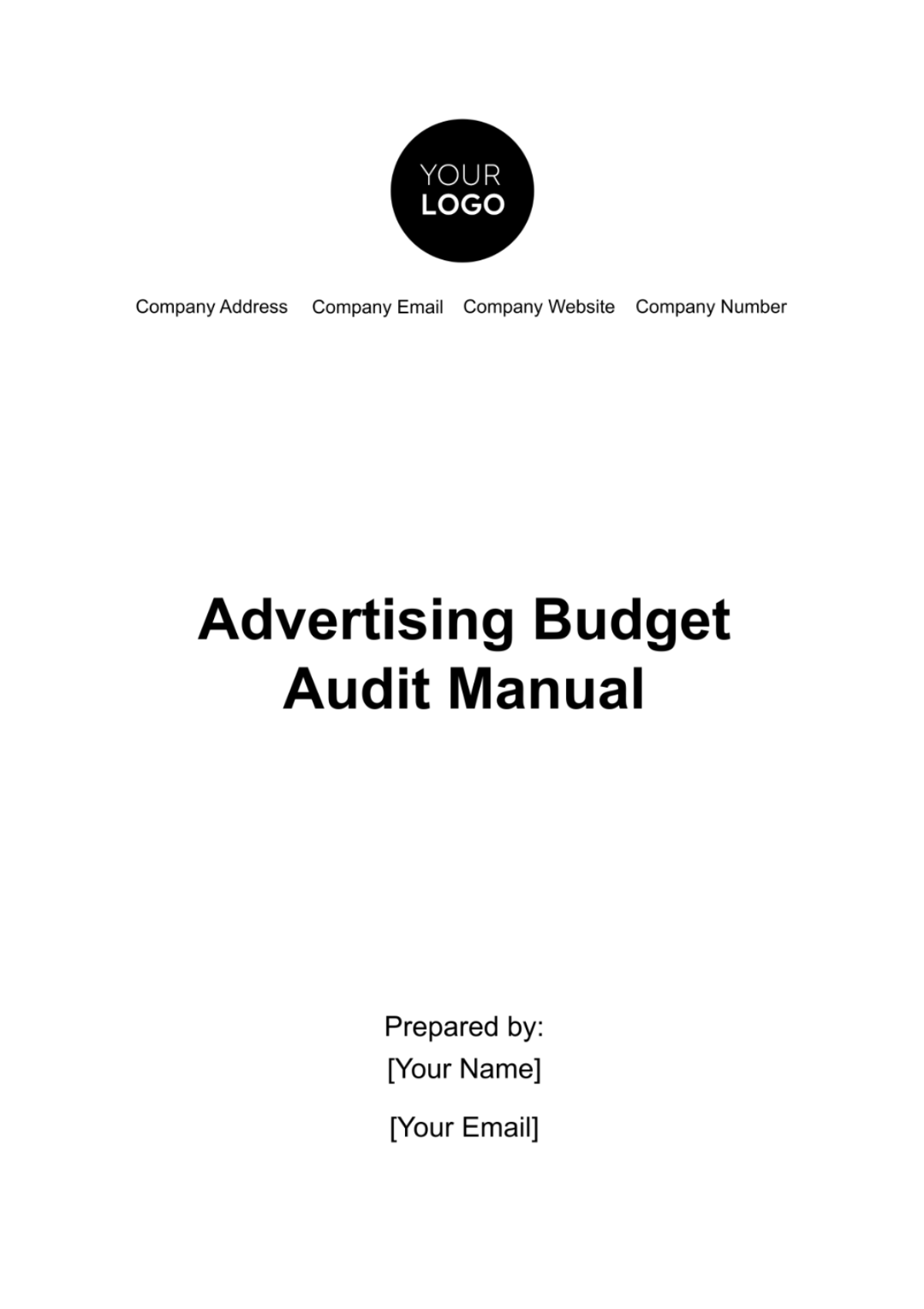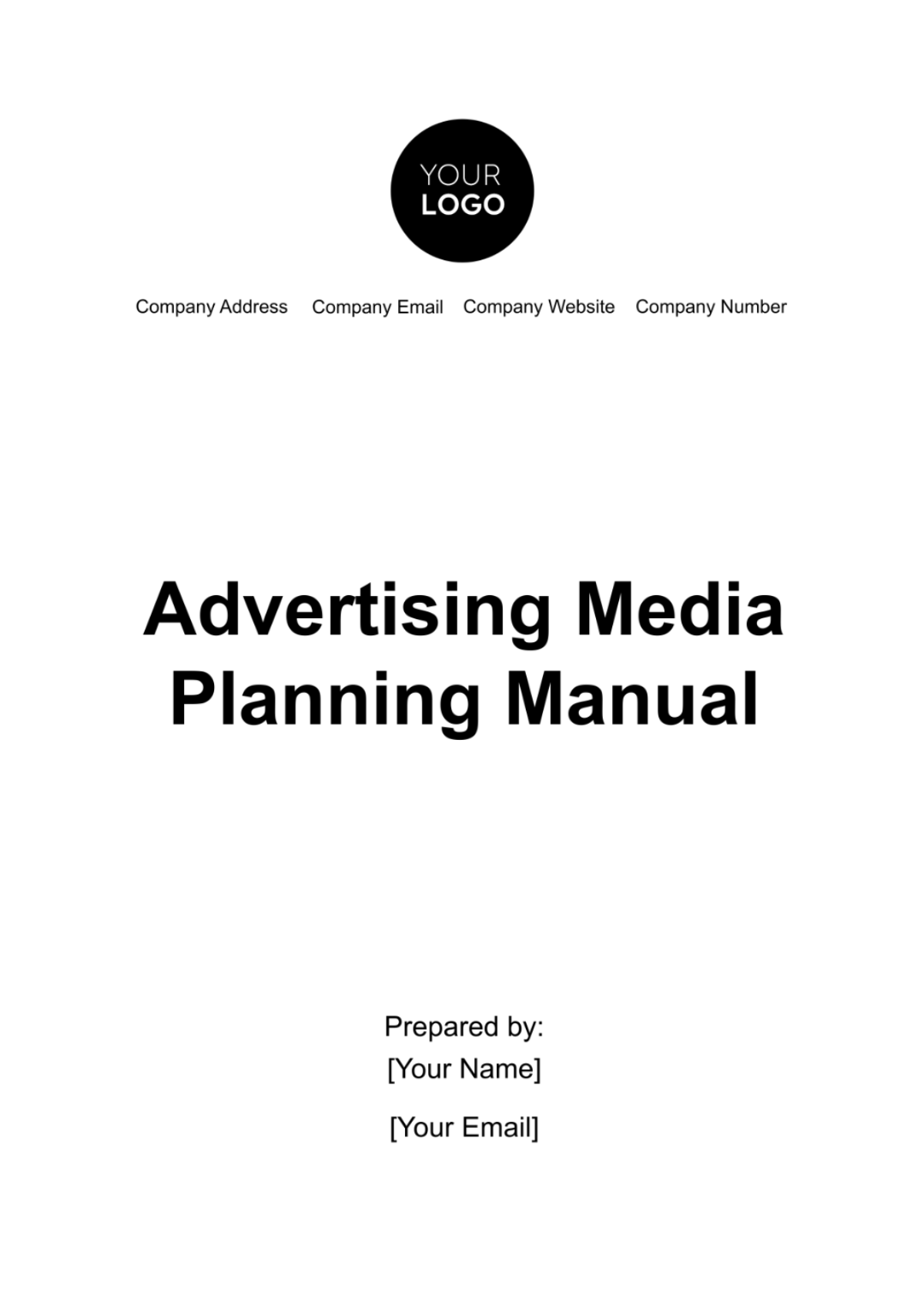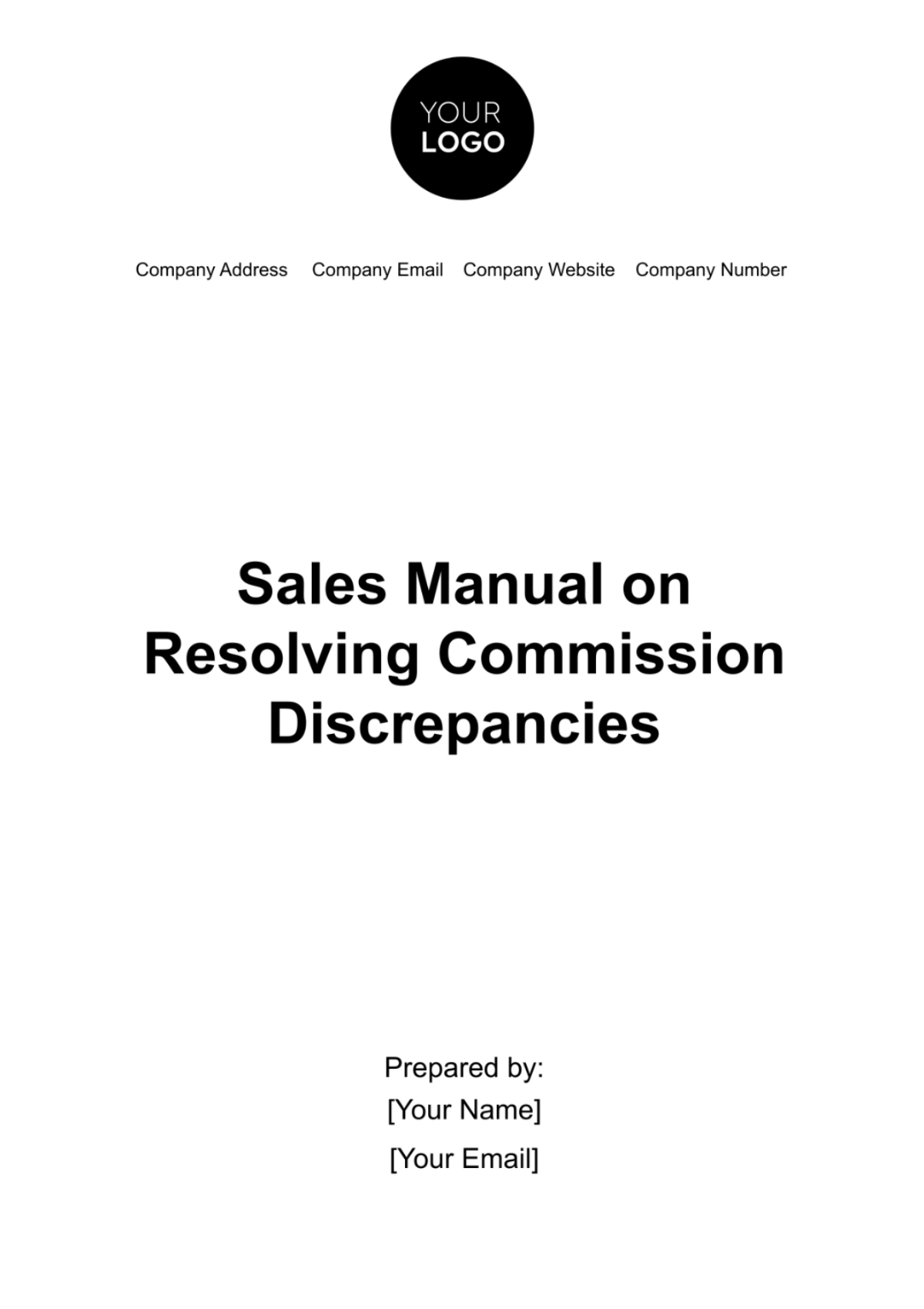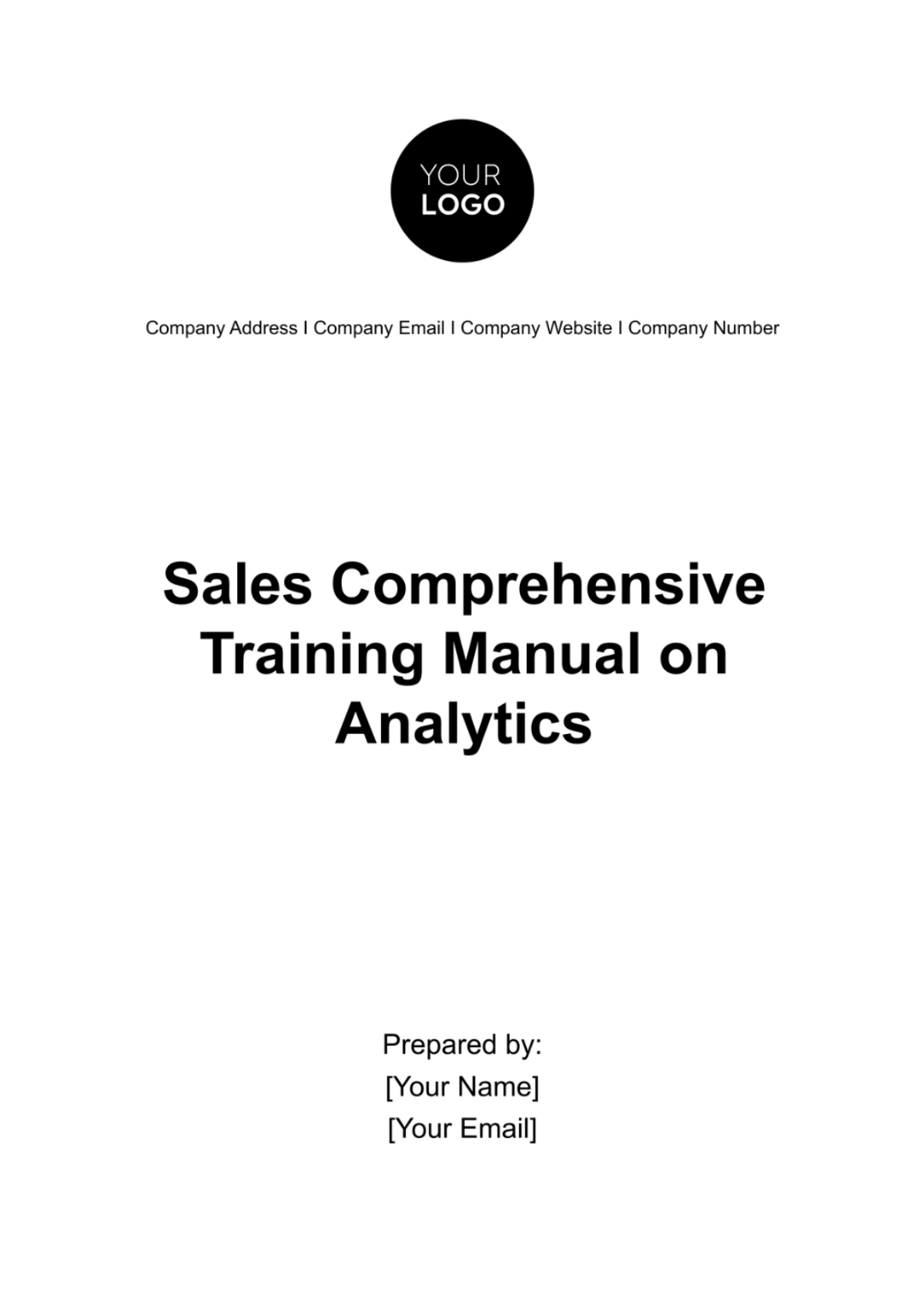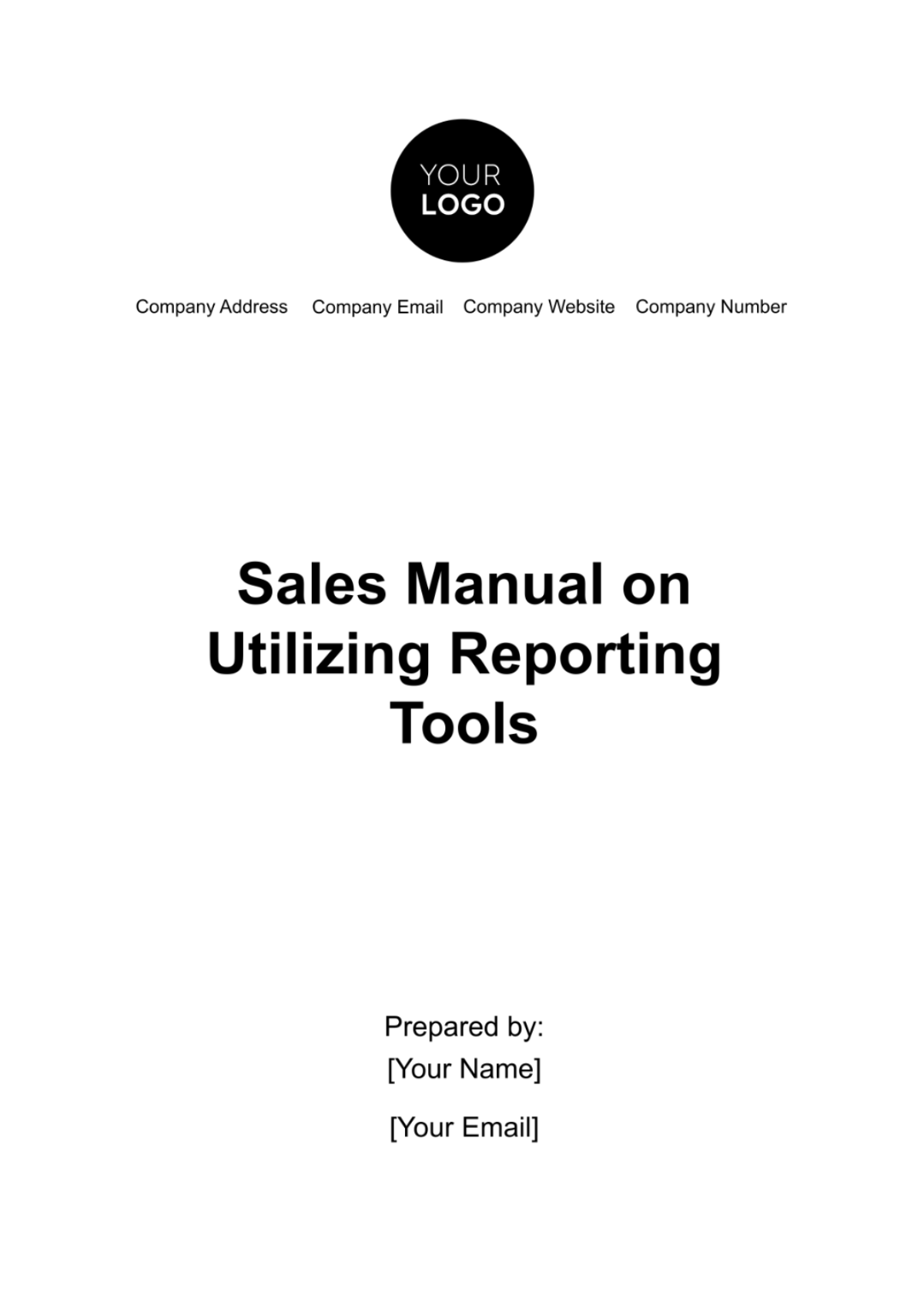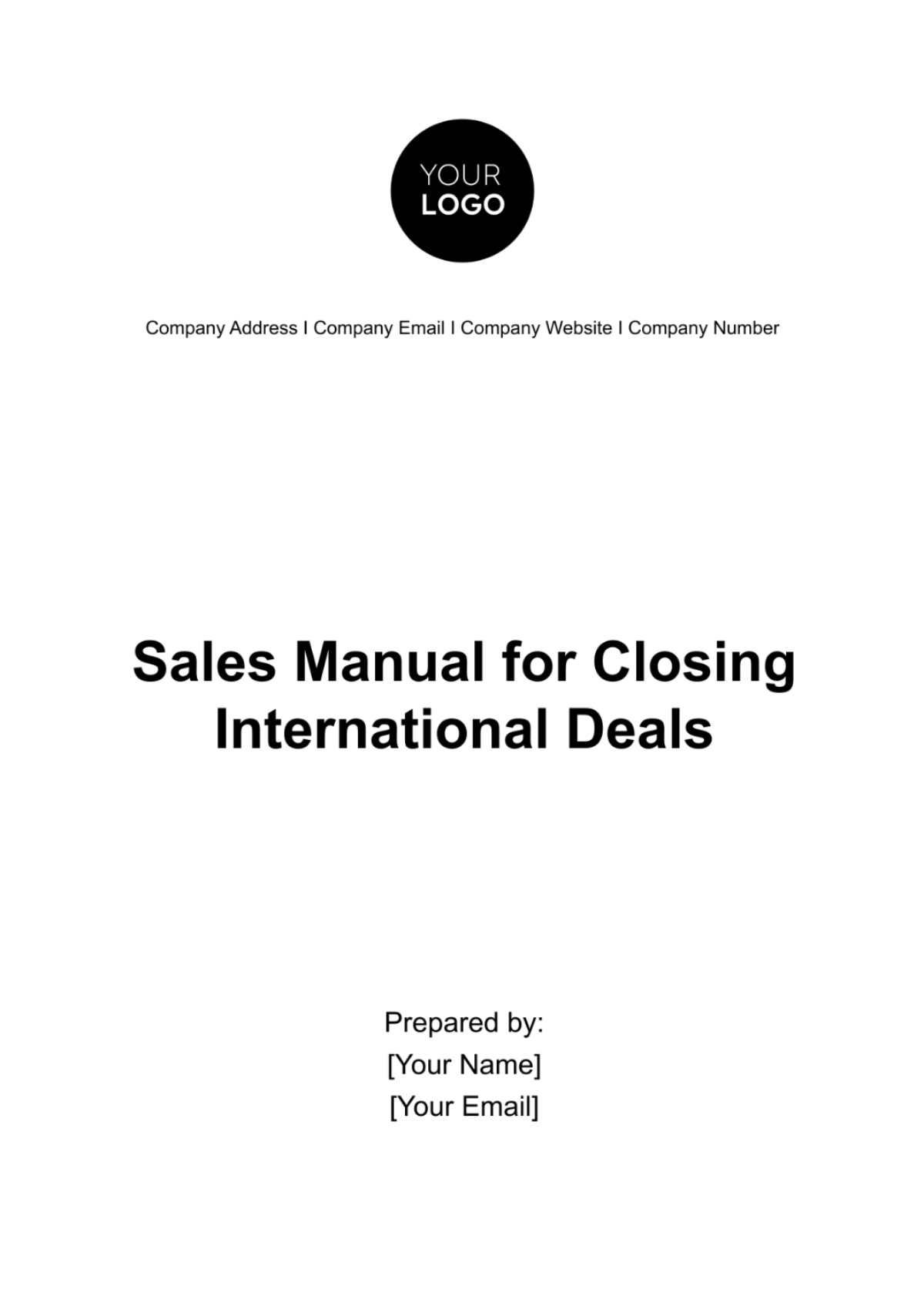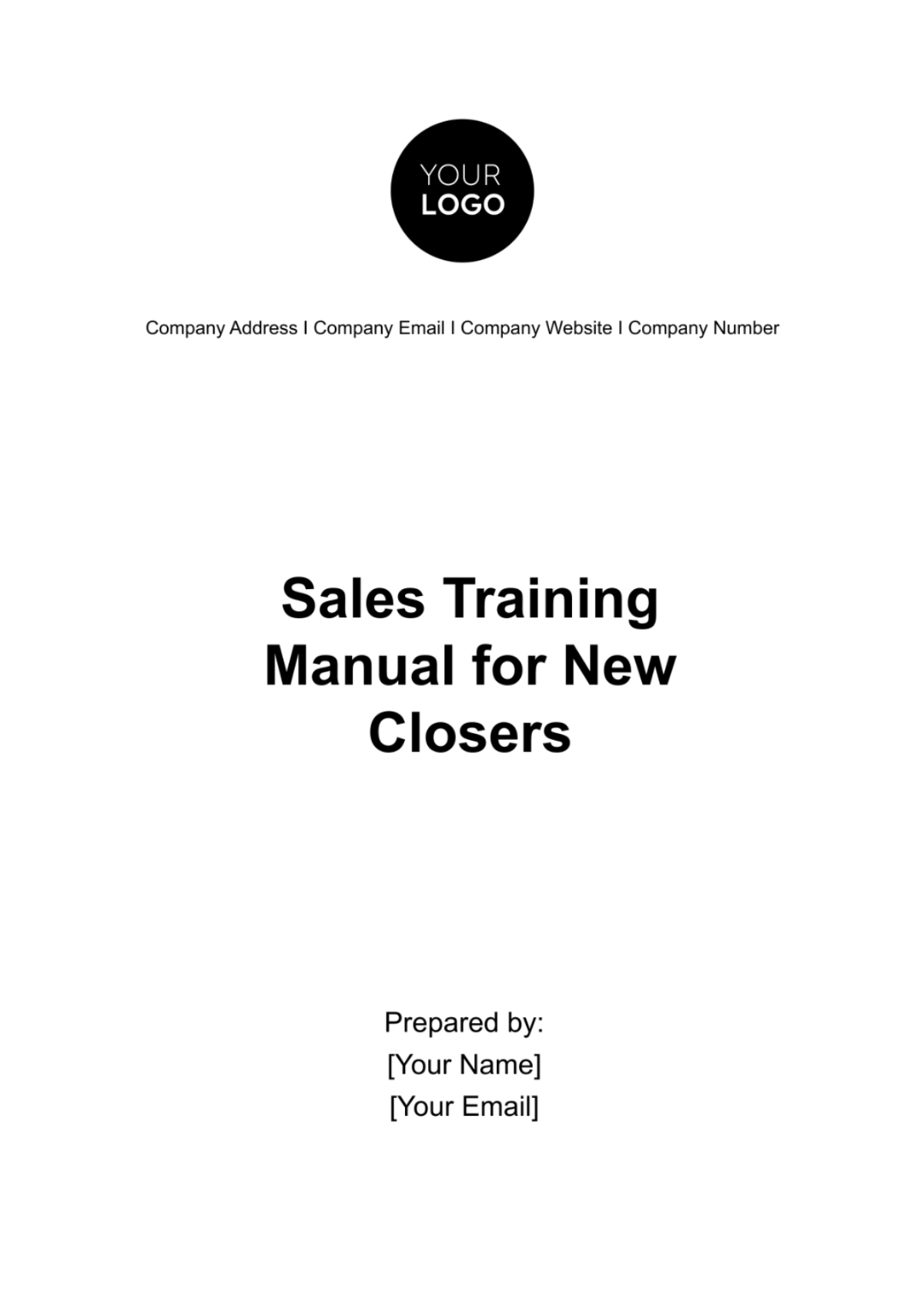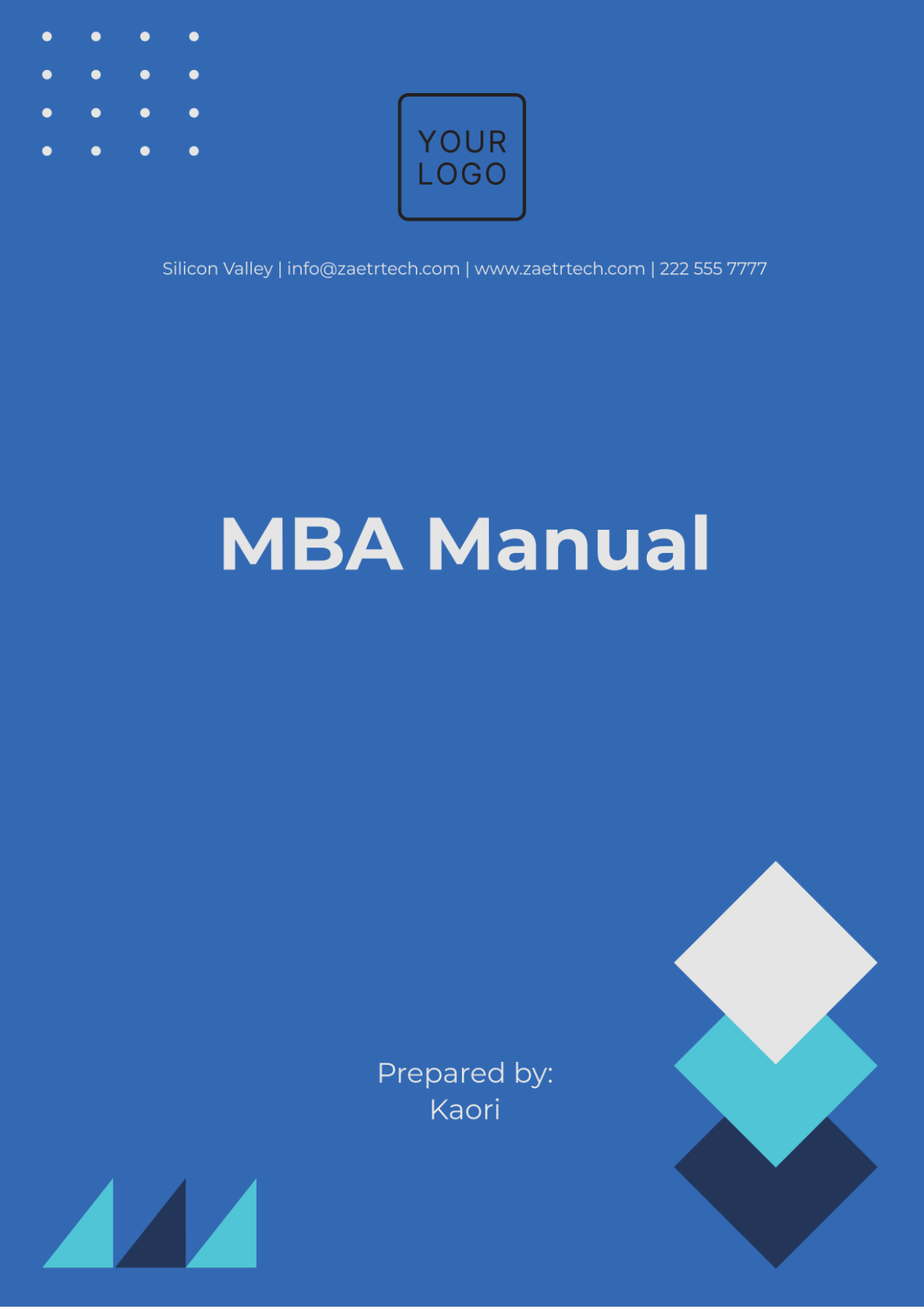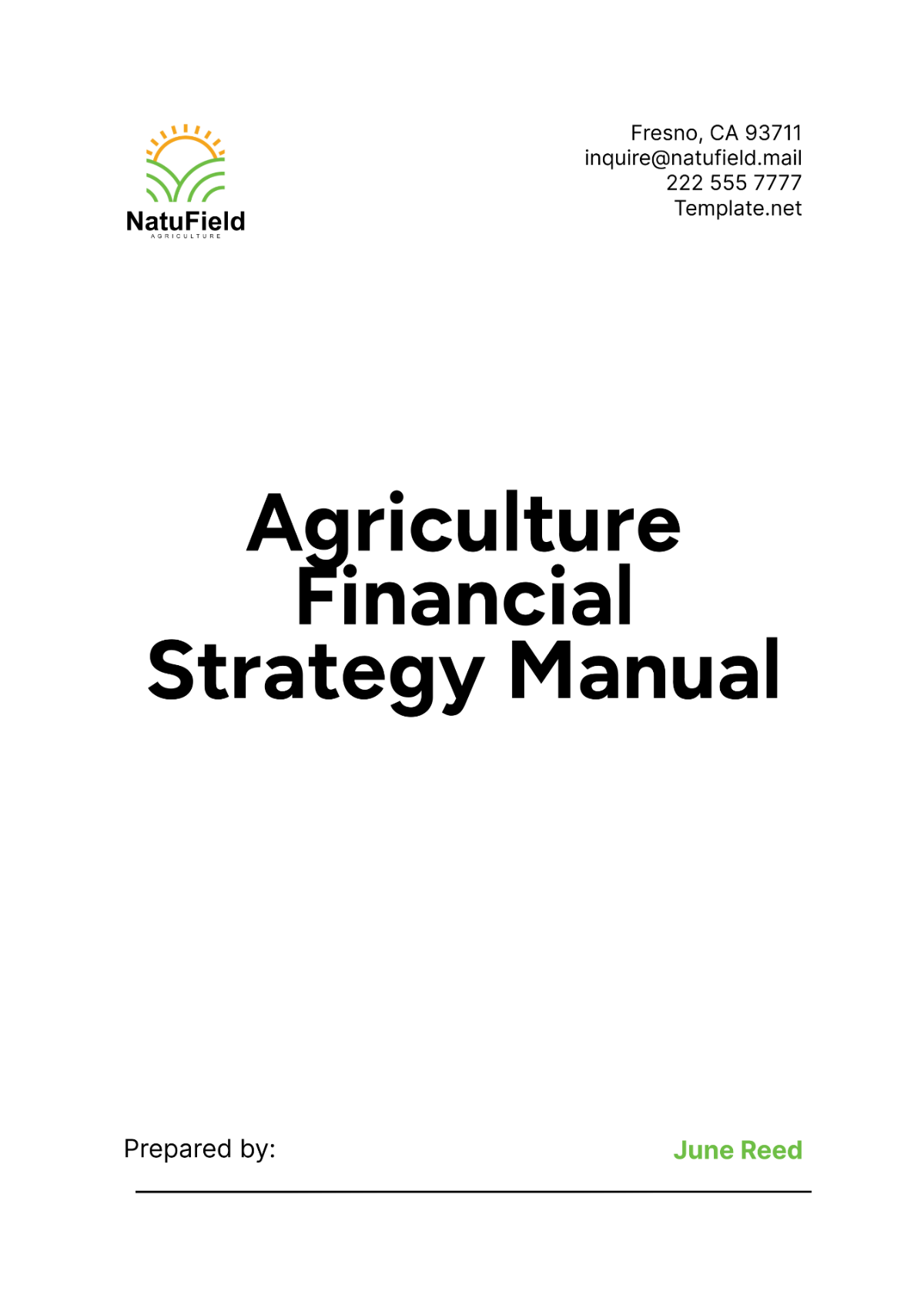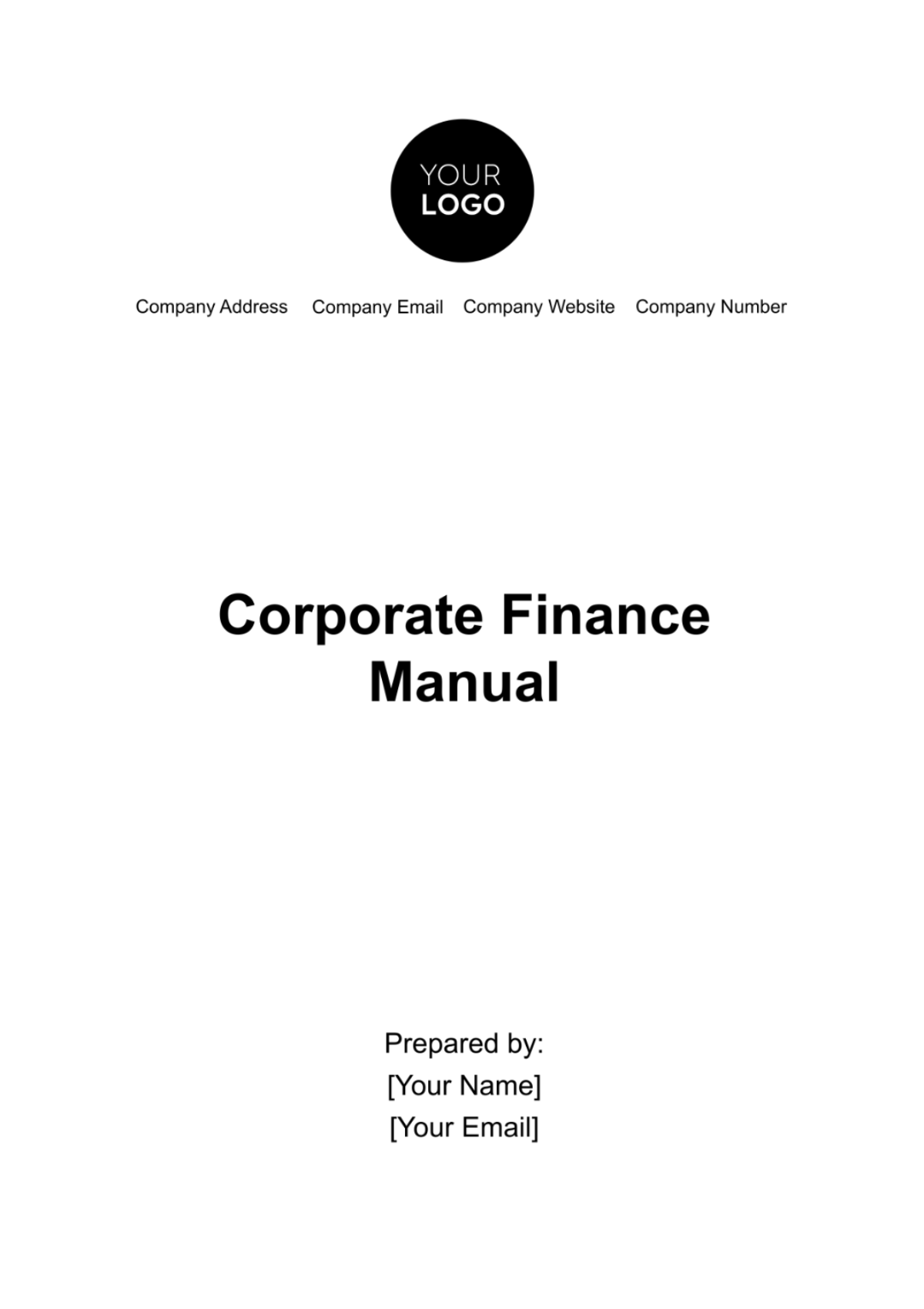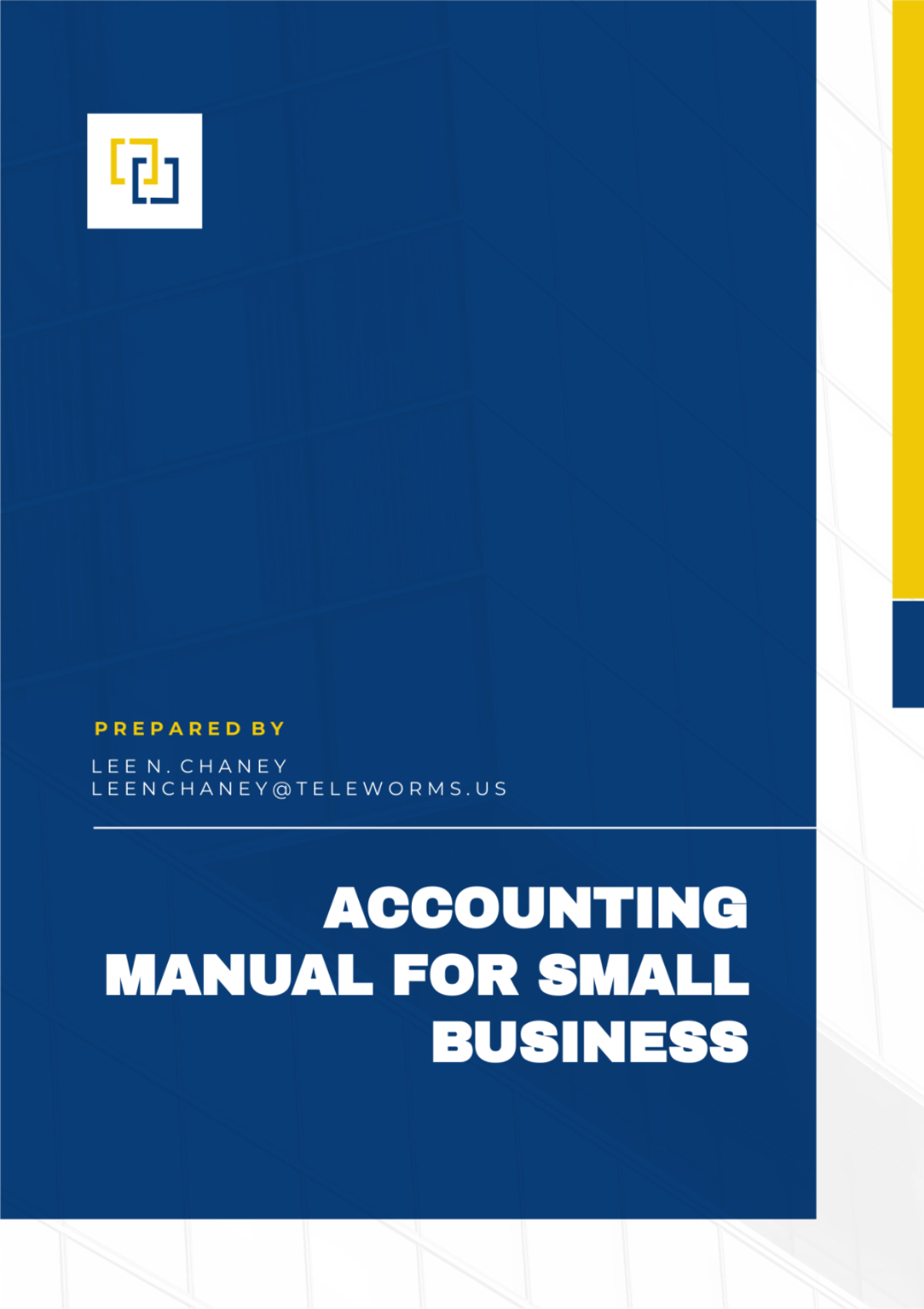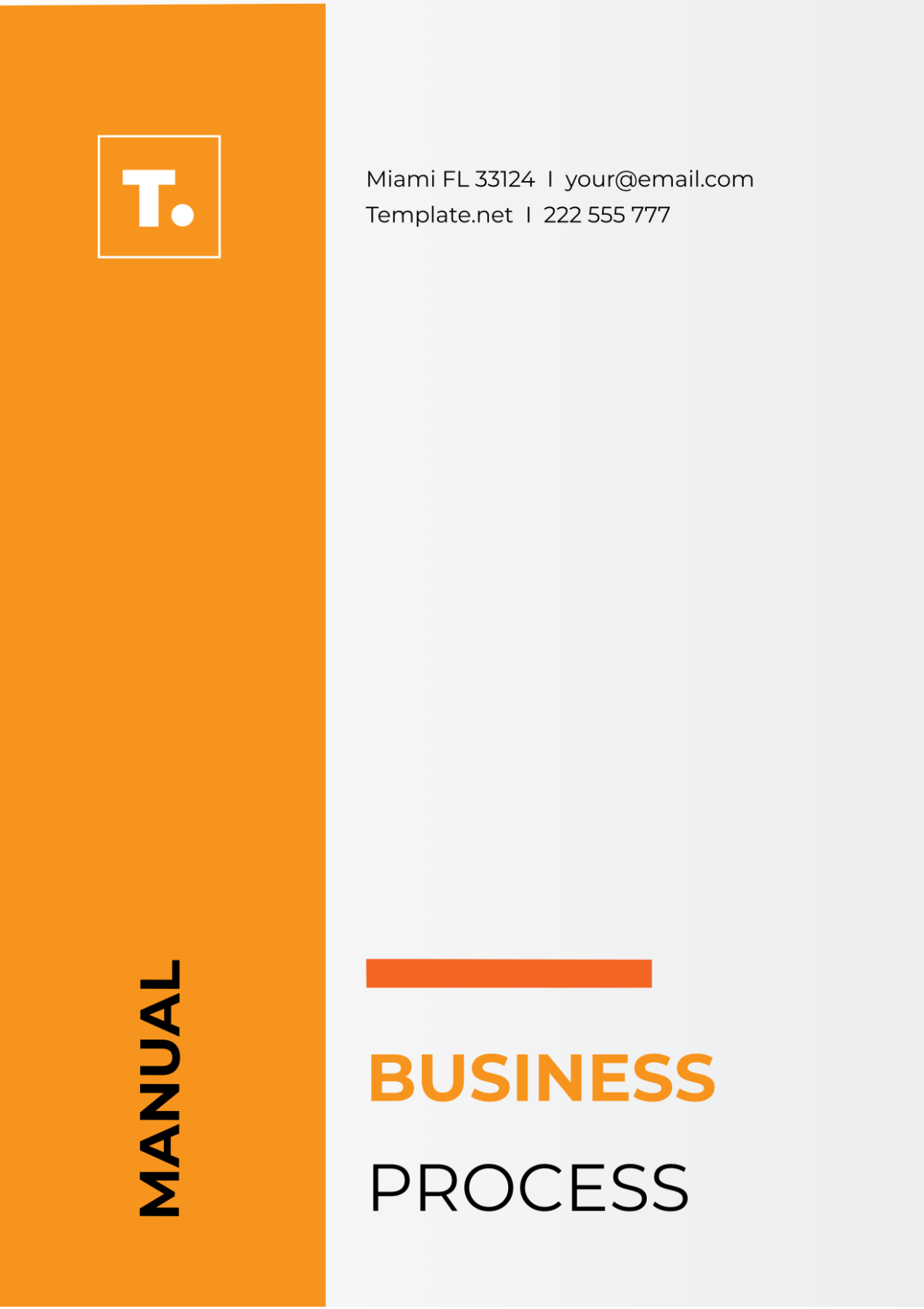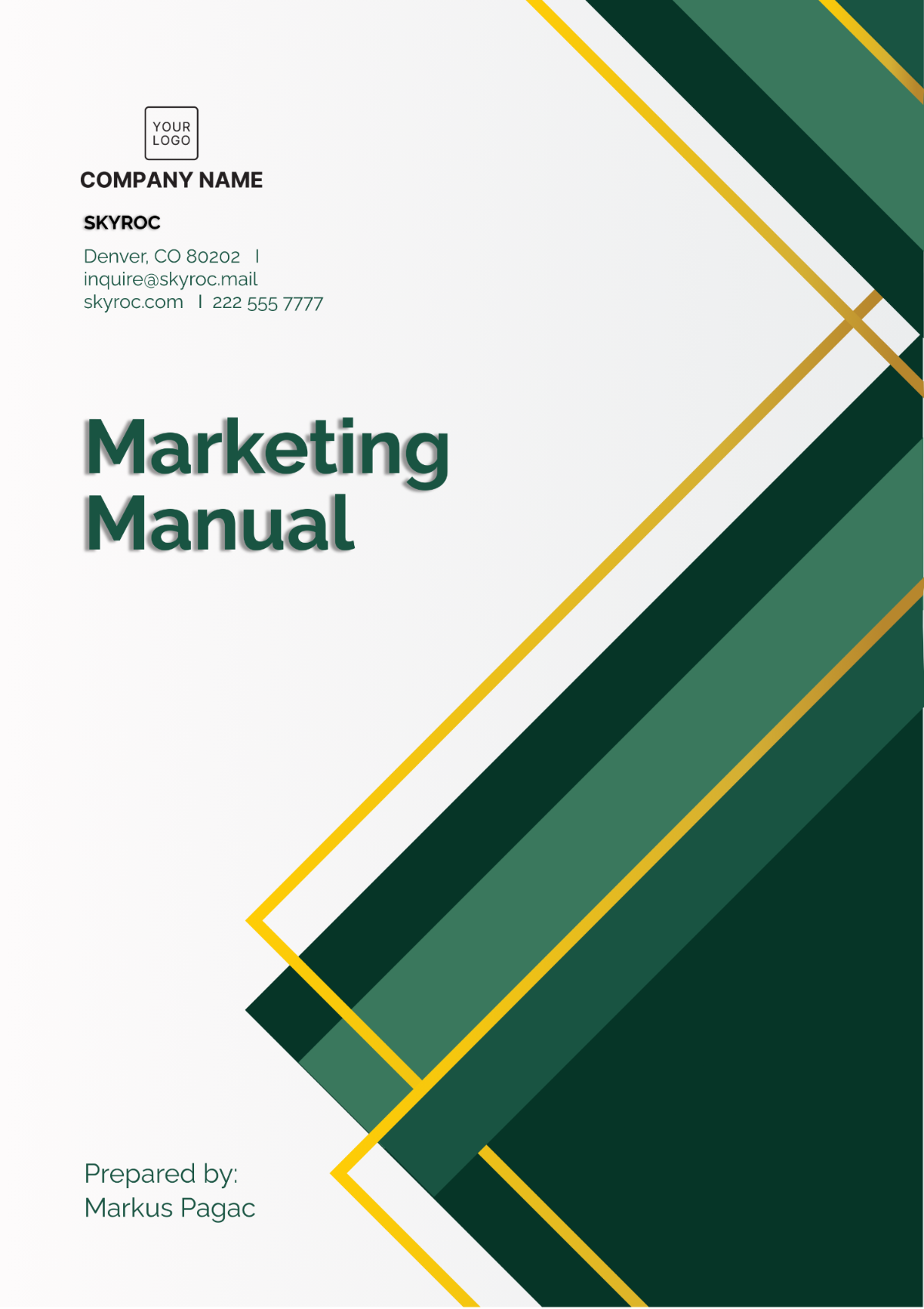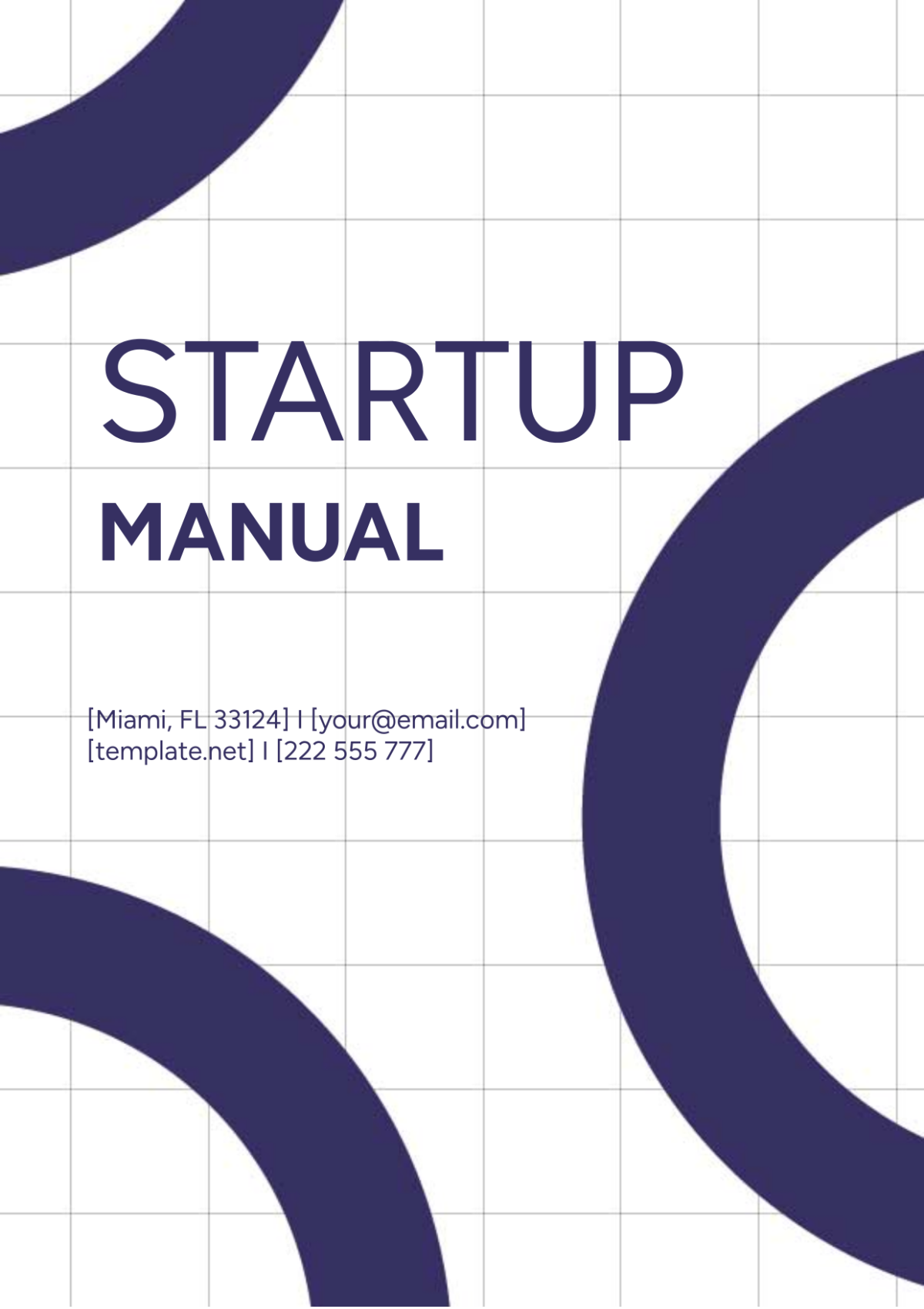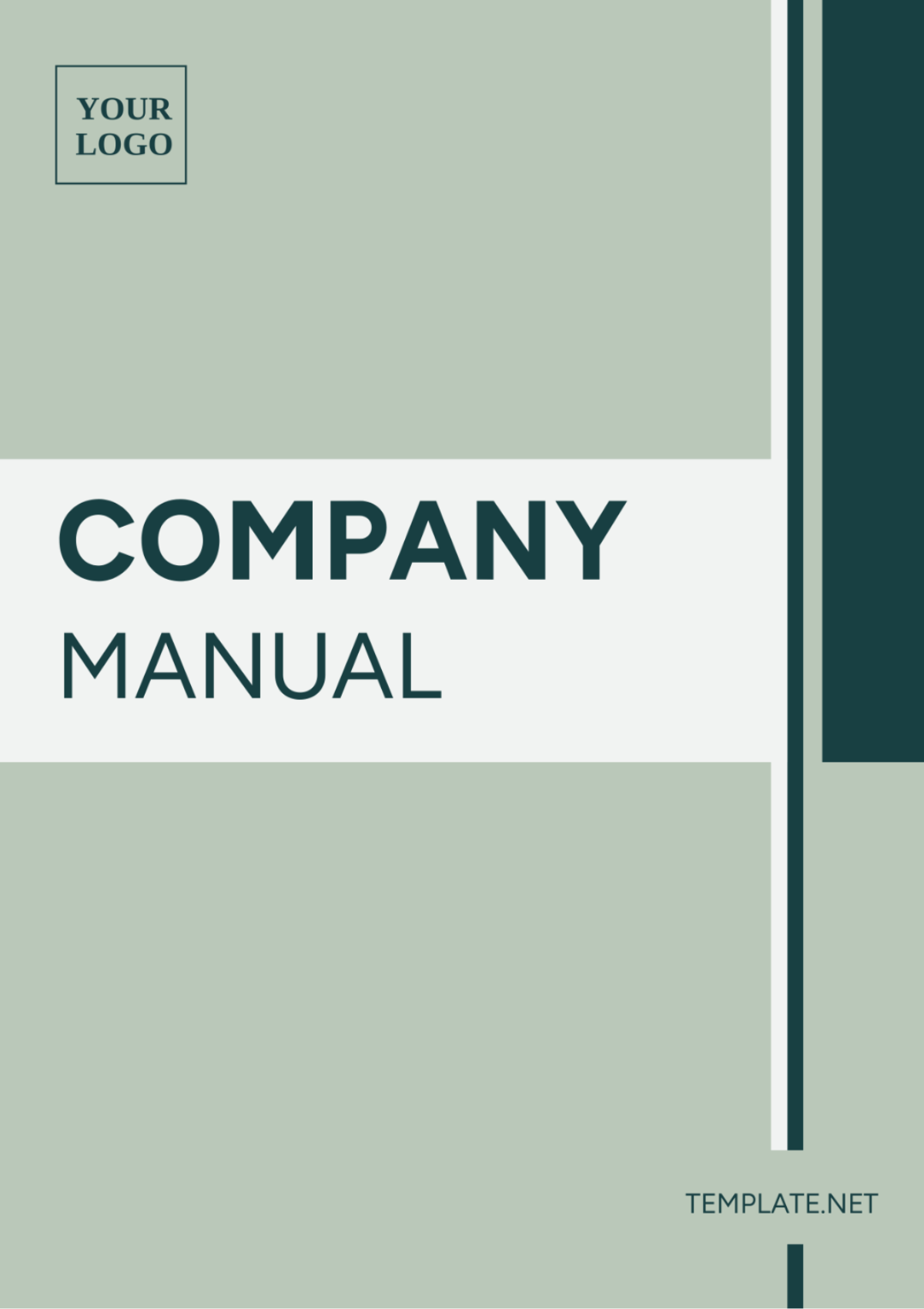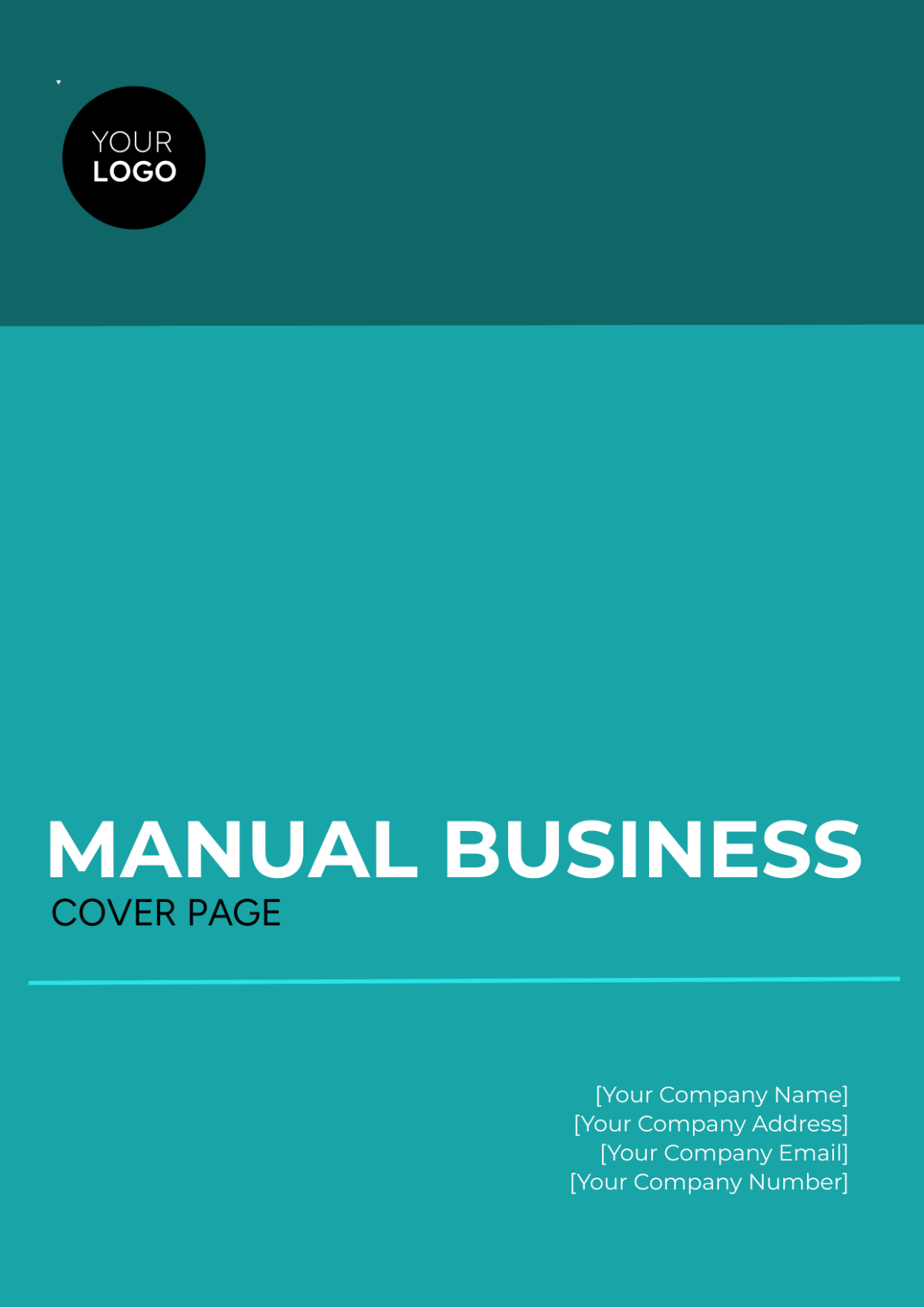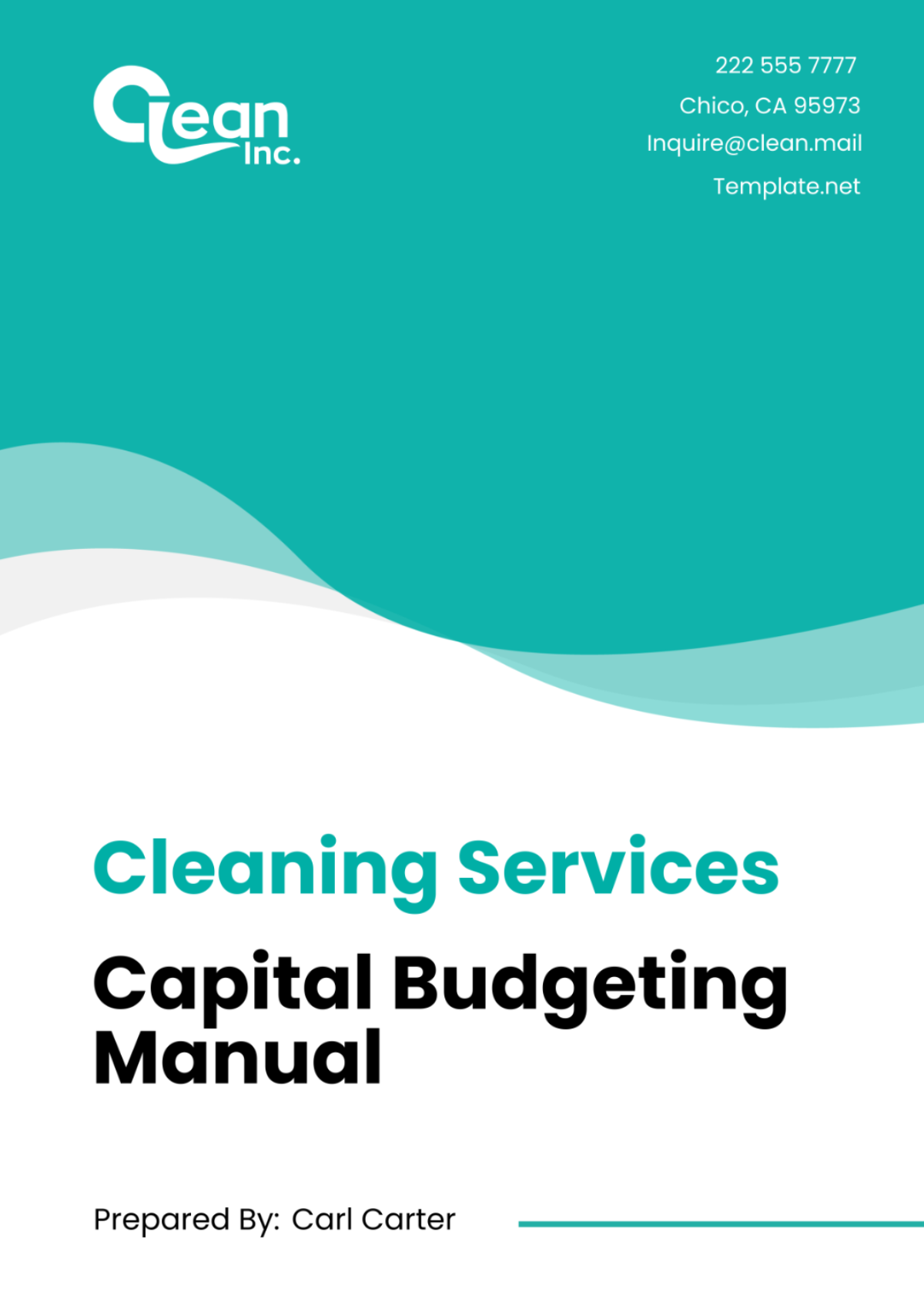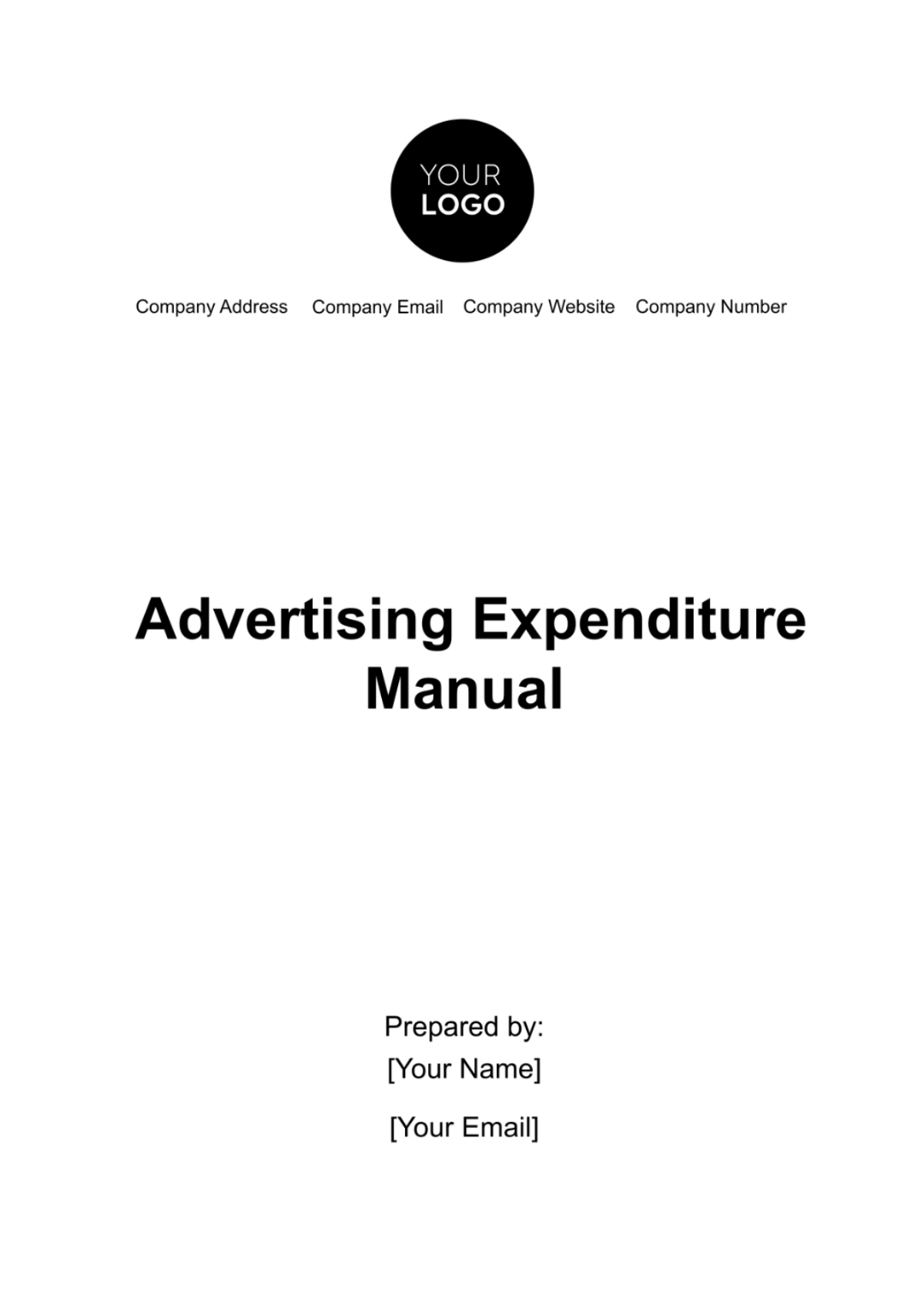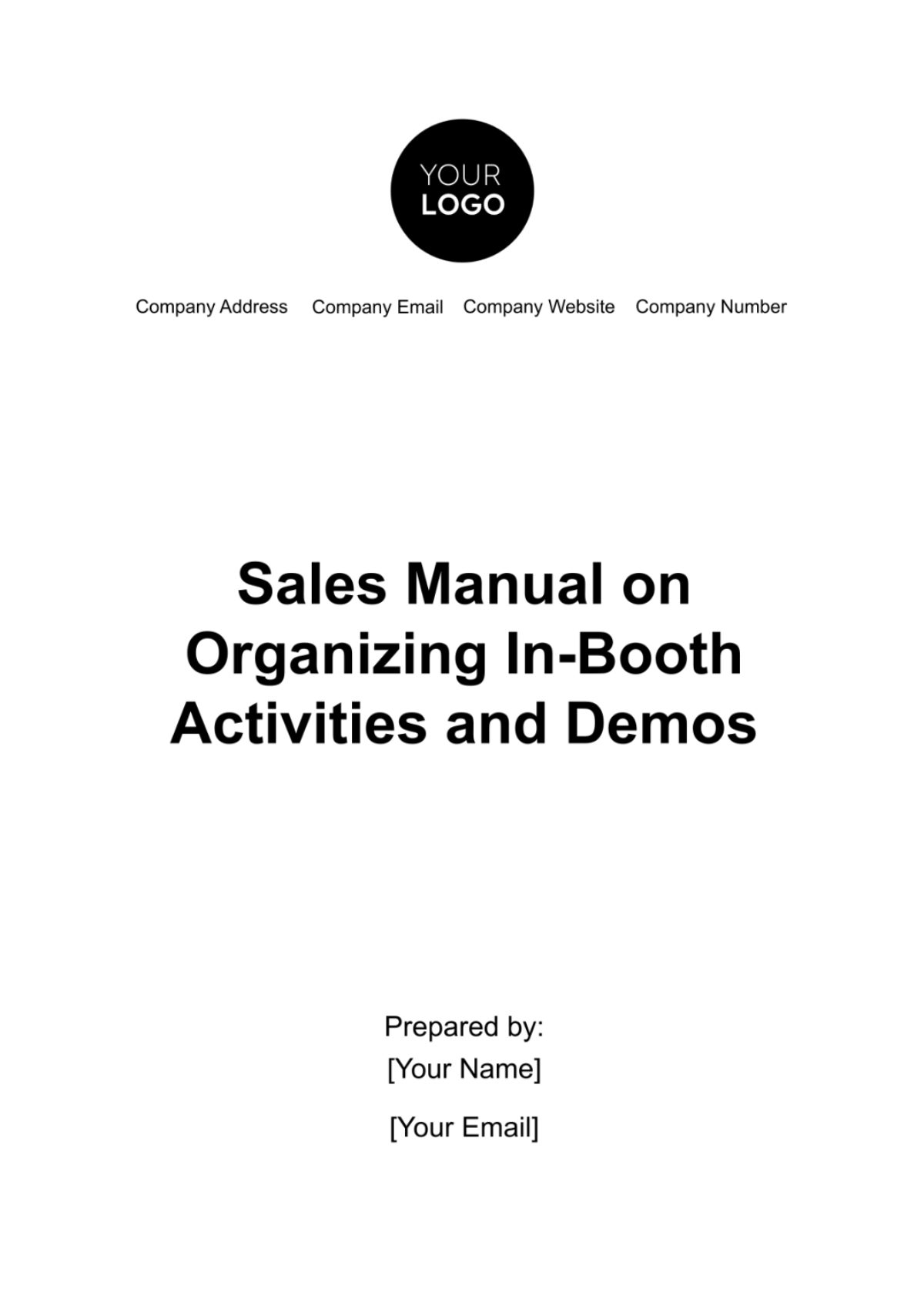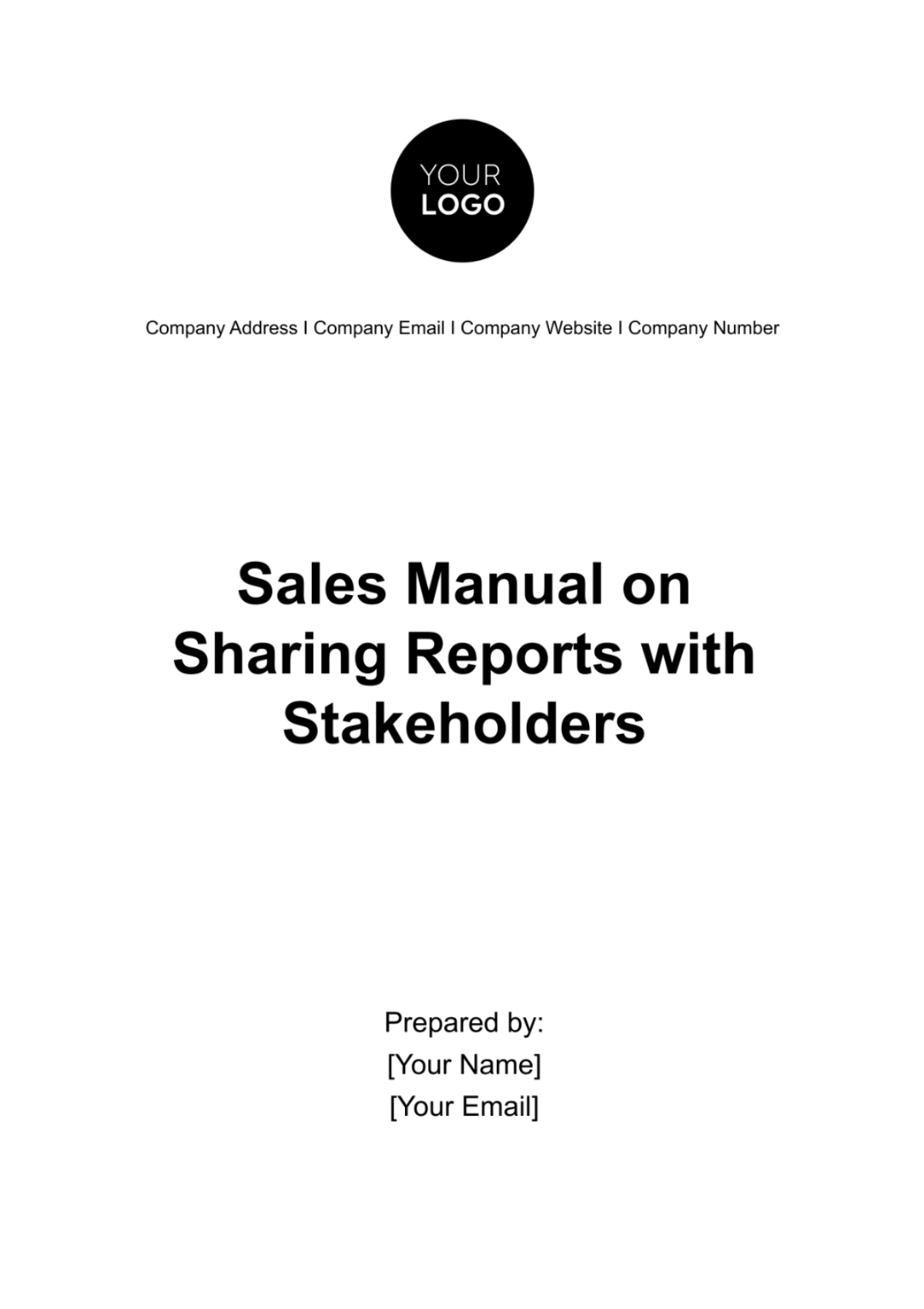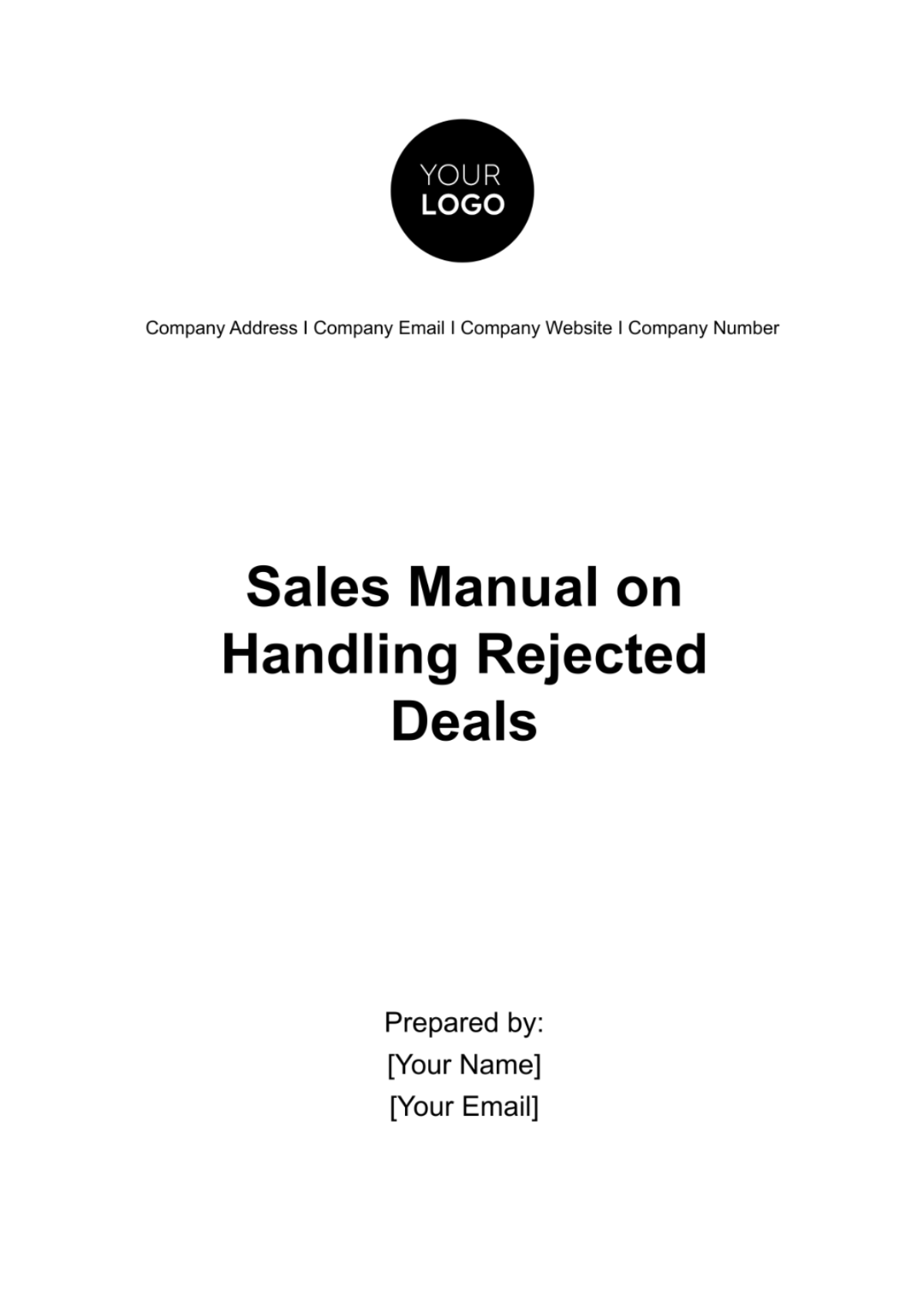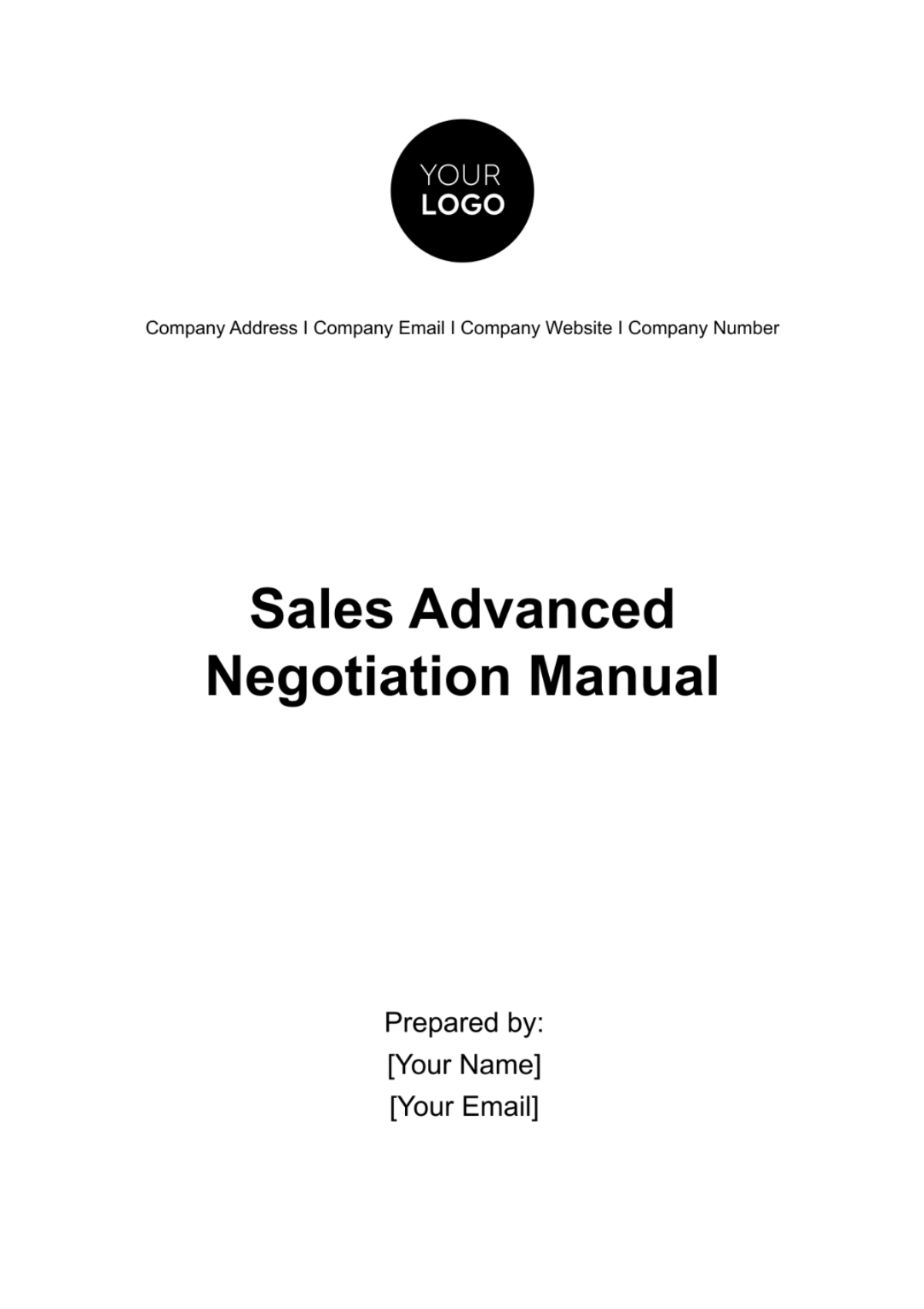Grocery Store Vendor Management Manual Design
I. Introduction
A. Purpose of the Manual
The purpose of [Your Company Name]'s Vendor Management Manual is to provide a comprehensive framework for managing vendor relationships within our grocery store. It aims to standardize processes, ensure compliance, and foster productive partnerships to support our store’s operational efficiency and business objectives.
B. Scope and Applicability
This manual applies to all employees involved in vendor management, including procurement staff, inventory managers, and operations personnel. It covers all aspects of vendor interaction, from selection to performance evaluation, and is intended to ensure consistency and quality in vendor relationships.
C. Overview of Vendor Management
Vendor management involves the processes of selecting, managing, and evaluating suppliers who provide goods and services to our store. Effective vendor management helps optimize supply chain operations, control costs, and maintain high standards of product quality and service.
D. Objectives and Goals
The primary objectives of this manual are to:
Establish clear procedures for vendor selection and evaluation.
Ensure effective contract management and compliance.
Maintain optimal inventory levels and efficient order management.
Monitor and improve vendor performance.
Facilitate clear and effective communication with vendors.
II. Vendor Selection and Evaluation
A. Selection Criteria
Quality Standards
Vendors must meet our quality standards for products and services. This includes adherence to safety regulations, consistency in product quality, and the ability to meet our store’s specific requirements.
Pricing and Cost Considerations
Competitive pricing is essential. Vendors should offer fair and transparent pricing structures, including discounts and incentives for bulk purchases or long-term contracts.
Reliability and Performance History
Vendors should have a proven track record of reliability and performance. This includes timely delivery, accuracy in order fulfillment, and responsive customer service.
B. Evaluation Process
Application and Screening
Prospective vendors must complete an application form detailing their capabilities and business practices. Initial screening involves reviewing their financial stability, references, and compliance with industry standards.
Due Diligence and Background Checks
Conduct thorough background checks, including credit evaluations and assessments of past performance with other clients. This helps identify potential risks and ensures the vendor’s credibility.
Approval and Onboarding
Approved vendors will undergo an onboarding process, including signing contracts and familiarizing themselves with our store’s policies and procedures.
C. Vendor Classification
Tiering System (e.g., Key, Secondary)
Vendors will be classified into tiers based on their importance and impact on our operations. Key vendors are critical to our supply chain, while secondary vendors provide additional or supplementary products and services.
Risk Assessment
Assess and categorize vendors based on risk factors such as financial stability, supply chain dependencies, and compliance issues. This helps prioritize monitoring and support efforts.
III. Contract Management
A. Contract Negotiation
Terms and Conditions
Contracts must clearly outline all terms and conditions, including delivery timelines, payment schedules, and specific requirements for product quality and service levels. Both parties must review, agree in writing, and get approval from authorized personnel to avoid disputes.
Pricing Models
Discuss and agree on pricing models that reflect the value of goods and services provided, including potential volume discounts and payment incentives. Ensure transparent pricing and alignment with the store's budget and goals. Regularly review pricing to stay competitive.
Service Level Agreements (SLAs)
SLAs should define measurable performance standards, such as response times, accuracy of deliveries, and customer service expectations. Address non-compliance and performance issues; regularly review SLAs for relevance and achievability as business needs evolve.
B. Contract Documentation
Contract Templates
Utilize standardized contract templates to streamline the drafting process and ensure consistency across agreements. Regularly update templates to meet legal and business changes, and customize them for specific vendor needs.
Amendments and Extensions
Document any amendments or extensions to existing contracts through formal written agreements. Have authorized reps sign all changes, detail the nature of amendments, and track them to maintain accurate records and contractual integrity.
Confidentiality and Compliance Clauses
Include confidentiality clauses to protect sensitive information shared between parties. Ensure vendor terms meet legal and regulatory needs; review regularly to stay current with laws and standards.
C. Contract Monitoring
Performance Reviews
Conduct regular performance reviews to assess the vendor's adherence to contract terms and SLAs. Use metrics and store feedback to evaluate performance, document findings, and discuss issues with vendors.
Renewal and Termination Procedures
Monitor contract expiration dates and initiate renewal discussions well in advance of contract end dates. Follow procedures for contract termination due to performance issues or business needs, ensuring all actions are documented and communicated to the vendor.
Compliance Monitoring
Implement ongoing compliance monitoring to ensure that vendors meet contractual and regulatory obligations. Regularly audit and assess for deviations; promptly address compliance issues to mitigate risks and ensure standards.
IV. Inventory and Order Management
A. Ordering Procedures
Requisition Processes
Establish a standardized requisition process for initiating orders, including clear guidelines for request approvals and documentation. Submit requisitions promptly to avoid stockouts and maintain inventory. Use automated systems to streamline and track requests.
Order Placement and Confirmation
Place orders through authorized channels and confirm order details with vendors to ensure accuracy. Keep order confirmations with delivery dates and quantities, and promptly address any discrepancies.
Order Tracking
Implement tracking systems to monitor the status of orders from placement to delivery. Update stakeholders and address delays promptly. Use tracking data to optimize orders and improve supply chain efficiency.
B. Inventory Control
Stock Levels and Replenishment
Regularly monitor stock levels to ensure they align with demand forecasts and store requirements. Use automated systems to track and reorder inventory based on set thresholds, adjusting for seasonal changes and market trends.
Inventory Audits and Reconciliation
Conduct periodic inventory audits to verify the accuracy of stock records and reconcile any discrepancies. Use audit findings to address shrinkage or mismanagement. Document results and corrective actions to ensure accurate inventory records.
Inventory Optimization
Analyze inventory data to optimize stock levels and reduce excess or obsolete inventory. Implement data-driven inventory management to balance supply and demand and minimize carrying costs.
C. Delivery Management
Scheduling and Logistics
Coordinate delivery schedules with vendors to ensure timely and efficient delivery of goods. Address logistical challenges to minimize disruptions and communicate delivery requirements clearly to vendors.
Handling Delays and Discrepancies
Develop procedures for managing delivery delays and discrepancies, including notifying vendors and investigating the root causes of issues. Take corrective actions to prevent future issues and ensure smooth operations. Document and share resolution steps with all relevant parties.
Delivery Performance Tracking
Track delivery performance metrics, such as on-time delivery rates and order accuracy, to evaluate vendor reliability. Use performance data to identify and address issues. Provide feedback to vendors for improvement.
V. Vendor Performance Monitoring
A. Performance Metrics
Key Performance Indicators (KPIs)
Establish KPIs to measure vendor performance, such as delivery accuracy, order fulfillment time, and product quality. Regularly review metrics to assess vendor performance and identify improvement areas. Use KPI data to inform decisions on vendor relationships and contract renewals.
Performance Benchmarks
Set performance benchmarks based on industry standards and historical data to gauge vendor performance. Compare vendor performance to benchmarks to identify top performers and improvement areas. Adjust benchmarks as market conditions and business priorities change.
Performance Reviews
Conduct periodic performance reviews to evaluate vendor performance against established KPIs and benchmarks. Use review outcomes for feedback and improvement. Document results and follow up on actions.
B. Evaluation and Reporting
Regular Performance Reviews
Schedule regular performance reviews to assess vendor performance and address any issues or concerns. Use a structured approach to evaluate performance, including feedback and data analysis. Share findings with vendors for improvement discussions.
Feedback Mechanisms
Implement feedback mechanisms for collecting input from store staff and vendors regarding performance and service quality. Use feedback to identify strengths and improve vendor relationships. Address and adjust promptly to enhance performance.
Performance Reporting
Develop performance reports that summarize key metrics, review outcomes, and improvement actions. Share these reports with internal stakeholders to inform them about vendor performance and issues affecting operations, and to guide decision-making and planning.
C. Performance Improvement
Action Plans
Develop action plans to address performance issues and implement improvements based on performance reviews and feedback. Define steps, timelines, and responsibilities for meeting goals. Monitor action plan progress and effectiveness.
Follow-up and Reassessment
Conduct follow-up assessments to evaluate the effectiveness of action plans and ensure that performance issues have been resolved. Periodically reassess vendor performance, document results, and share with stakeholders.
Continuous Improvement
Foster a culture of continuous improvement by encouraging vendors to innovate and enhance their performance. Work with vendors to implement best practices and improvements. Reward those who meet or exceed expectations.
VI. Communication Protocols
A. Communication Channels
Points of Contact
Designate specific points of contact for communication with vendors to ensure clear and efficient interactions. Provide vendors with contact information for relevant personnel involved in procurement, inventory management, and contract administration. Ensure that communication channels are accessible and responsive.
Frequency of Communication
Define the frequency of communication with vendors, including regular updates, meetings, and performance reviews. Establish communication schedules to ensure timely and effective exchanges of information. Adjust communication frequency based on the complexity of the relationship and vendor needs.
Communication Tools
Utilize appropriate communication tools, such as email, phone, and collaboration platforms, to facilitate interactions with vendors. Ensure that tools are used effectively and securely to protect sensitive information. Provide training on communication tools and protocols as needed.
B. Reporting and Documentation
Meeting Records
Maintain detailed records of meetings with vendors, including minutes, action items, and decisions made. Ensure that records are accurate, complete, and accessible for future reference. Use meeting records to track progress and follow up on agreed actions.
Issue Reporting and Resolution
Implement a formal process for reporting and resolving issues with vendors, including a clear escalation path. Document all reported issues, actions taken, and resolutions achieved. Communicate resolutions to relevant stakeholders and ensure that issues are addressed promptly.
Documentation Management
Develop a system for managing and storing vendor-related documentation, such as contracts, performance reports, and communication records. Ensure that documents are organized, secure, and easily retrievable. Implement version control to track changes and updates.
C. Conflict Resolution
Dispute Resolution Procedures
Establish procedures for resolving disputes with vendors, including mediation and arbitration options. Clearly outline the steps for initiating and managing disputes, including timelines and responsible parties. Ensure that all parties are aware of and understand the dispute resolution process.
Escalation Pathways
Define escalation pathways for addressing unresolved issues, including higher levels of management and external resolution mechanisms. Communicate escalation procedures to vendors and internal staff to ensure timely and effective resolution. Document all escalated issues and their outcomes.
Resolution Documentation
Document all conflict resolution processes, including the nature of the conflict, steps taken, and final resolutions. Ensure that documentation is thorough and accurate to support future reference and learning. Review resolution outcomes to identify any patterns or areas for improvement.
VII. Compliance and Legal Considerations
A. Regulatory Compliance
Legal Requirements
Ensure that vendor agreements and practices comply with all applicable laws and regulations, including labor, environmental, and safety standards. Stay informed about changes in regulations that may impact vendor relationships and operations. Incorporate compliance requirements into contracts and vendor agreements.
Compliance Audits
Conduct regular audits to verify that vendors adhere to regulatory requirements and contractual obligations. Use audit findings to identify and address compliance gaps and risks. Document audit results and follow up on corrective actions.
Documentation and Record-Keeping
Maintain comprehensive records of compliance-related activities, including audits, certifications, and regulatory communications. Ensure that records are secure, organized, and accessible for review by regulatory authorities. Implement a system for tracking compliance documentation and updates.
B. Ethical Standards
Code of Conduct
Require vendors to adhere to a code of conduct that outlines ethical standards and practices, including anti-corruption, fair labor practices, and environmental responsibility. Communicate the code of conduct to vendors and ensure their understanding and compliance. Include provisions for addressing violations of the code.
Conflict of Interest Policies
Implement policies to manage and mitigate conflicts of interest in vendor relationships. Require vendors to disclose any potential conflicts and take appropriate actions to address them. Review and update conflict of interest policies regularly to reflect changes in business practices.
Ethical Training
Provide training for staff and vendors on ethical standards and compliance requirements. Ensure that training materials are up-to-date and relevant to current regulations and best practices. Evaluate the effectiveness of training programs and make improvements as needed.
C. Legal Disputes
Legal Framework
Establish a legal framework for managing disputes with vendors, including arbitration, mediation, and litigation options. Clearly define the procedures for initiating and managing legal disputes. Consult legal experts to ensure that the framework is robust and effective.
Dispute Resolution Procedures
Implement procedures for resolving legal disputes, including documentation requirements, timelines, and responsible parties. Communicate dispute resolution procedures to vendors and internal staff. Ensure that all parties are aware of their rights and obligations in the dispute resolution process.
Resolution and Settlement
Document all legal disputes, including the nature of the dispute, resolution process, and final settlement. Review dispute outcomes to identify lessons learned and areas for improvement. Use dispute resolution experiences to enhance vendor management practices and prevent future issues.
VIII. Training and Support
A. Staff Training
Vendor Management Training
Provide training for staff involved in vendor management, covering topics such as contract negotiation, performance monitoring, and compliance. Ensure that training is comprehensive and tailored to the needs of different roles within the organization. Evaluate training effectiveness and update programs as needed.
Ongoing Education
Offer ongoing education opportunities to keep staff informed about changes in vendor management practices, regulations, and industry trends. Encourage staff to participate in relevant workshops, seminars, and professional development programs. Support continuous learning to enhance staff skills and knowledge.
Knowledge Sharing
Foster a culture of knowledge sharing among staff involved in vendor management. Facilitate regular meetings or forums for discussing best practices, challenges, and solutions. Encourage collaboration and the exchange of ideas to improve vendor management processes.
B. Resources and Tools
Manuals and Guides
Provide access to manuals and guides that outline vendor management processes and procedures. Ensure that resources are up-to-date and easily accessible to staff. Regularly review and update manuals to reflect changes in policies and best practices.
FAQs and Troubleshooting
Develop FAQs and troubleshooting guides to address common questions and issues related to vendor management. Update guides based on staff feedback and real-world experiences. Ensure that resources are user-friendly and effectively support staff in their roles.
Support Services
Offer support services, including a helpdesk and contact information for assistance with vendor-related issues. Ensure that support services are responsive and capable of addressing a range of vendor management challenges. Provide clear guidelines for accessing and utilizing support resources.
C. Support Services
Helpdesk and Support Contacts
Establish a helpdesk for staff and vendors to resolve issues related to vendor management. Provide contact information for support personnel who can assist with inquiries and problems. Ensure that helpdesk services are accessible and responsive to user needs.
Access to Tools and Systems
Provide access to tools and systems that facilitate vendor management, such as procurement software and performance tracking platforms. Ensure that staff and vendors are trained on how to use these tools effectively. Regularly review and update tools to maintain functionality and relevance.
Training Resources
Offer training resources, such as online courses, workshops, and webinars, to support staff in developing their vendor management skills. Ensure that training resources are current and aligned with industry best practices. Evaluate the effectiveness of training resources and make improvements as needed.
IX. Review and Revision
A. Manual Review Process
Regular Review Intervals
Schedule regular reviews of the manual to ensure that it remains current and effective. Review annually or with major changes, document findings, and update the manual as needed.
Stakeholder Feedback
Gather feedback from stakeholders, including staff and vendors, to identify areas for improvement in the manual. Use feedback to improve the manual's effectiveness. Include stakeholders in the review for thorough input.
Review Documentation
Maintain documentation of the review process, including notes on feedback received, changes made, and approval records. Ensure review documentation is accessible for future reference and audits to track the manual's evolution.
B. Updates and Revisions
Procedures for Updating the Manual
Follow established procedures for updating the manual, including documenting changes, obtaining approvals, and distributing revised versions. Update systematically and notify all relevant parties.
Document Control and Versioning
Implement document control measures to manage versioning and ensure that the most current version of the manual is available. Track changes and use versioning to maintain a clear, consistent manual record.
Distribution and Accessibility
Ensure that updated versions of the manual are distributed to all relevant stakeholders and are easily accessible. Guide users to the latest manual and ensure it's accessible to all.

